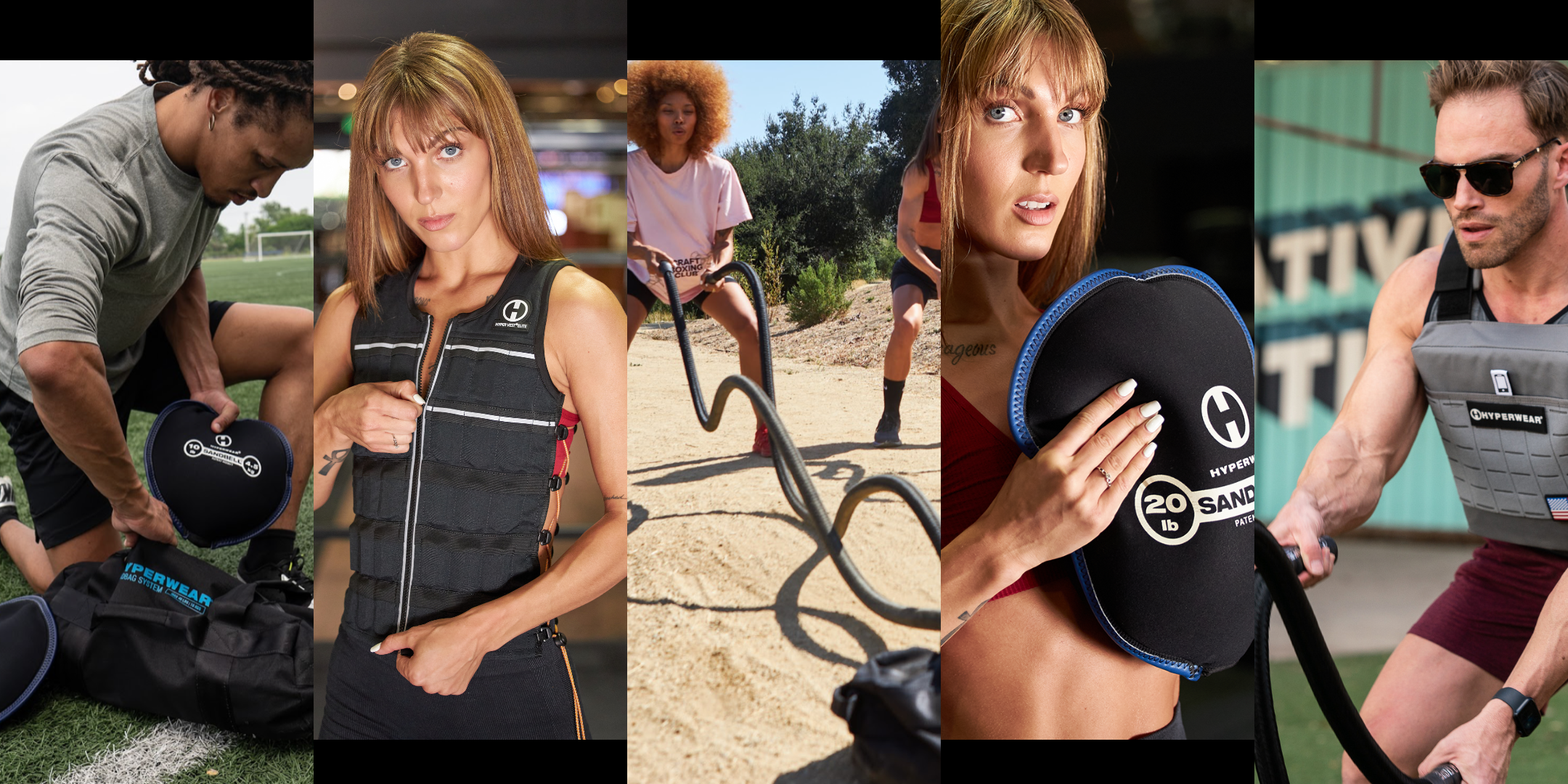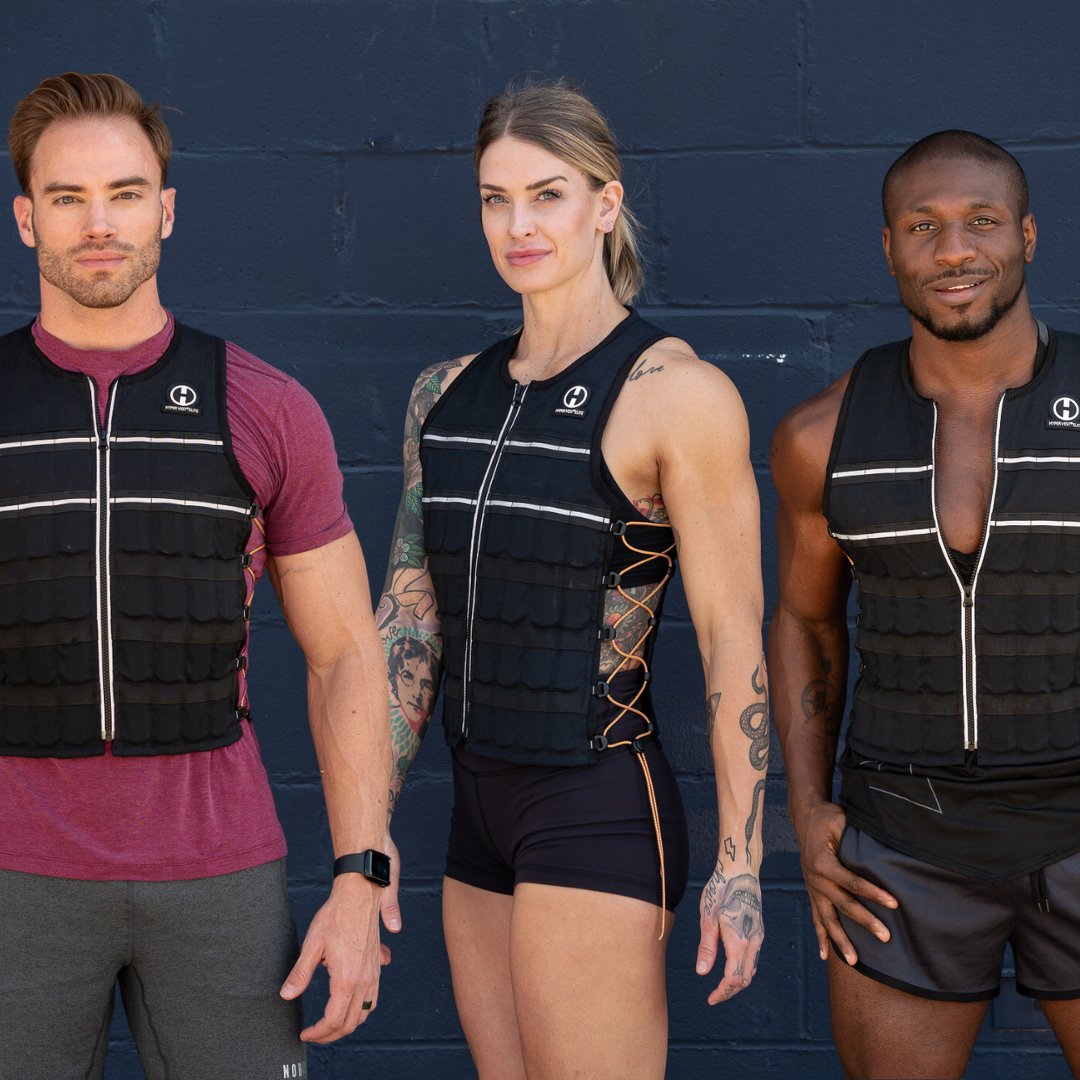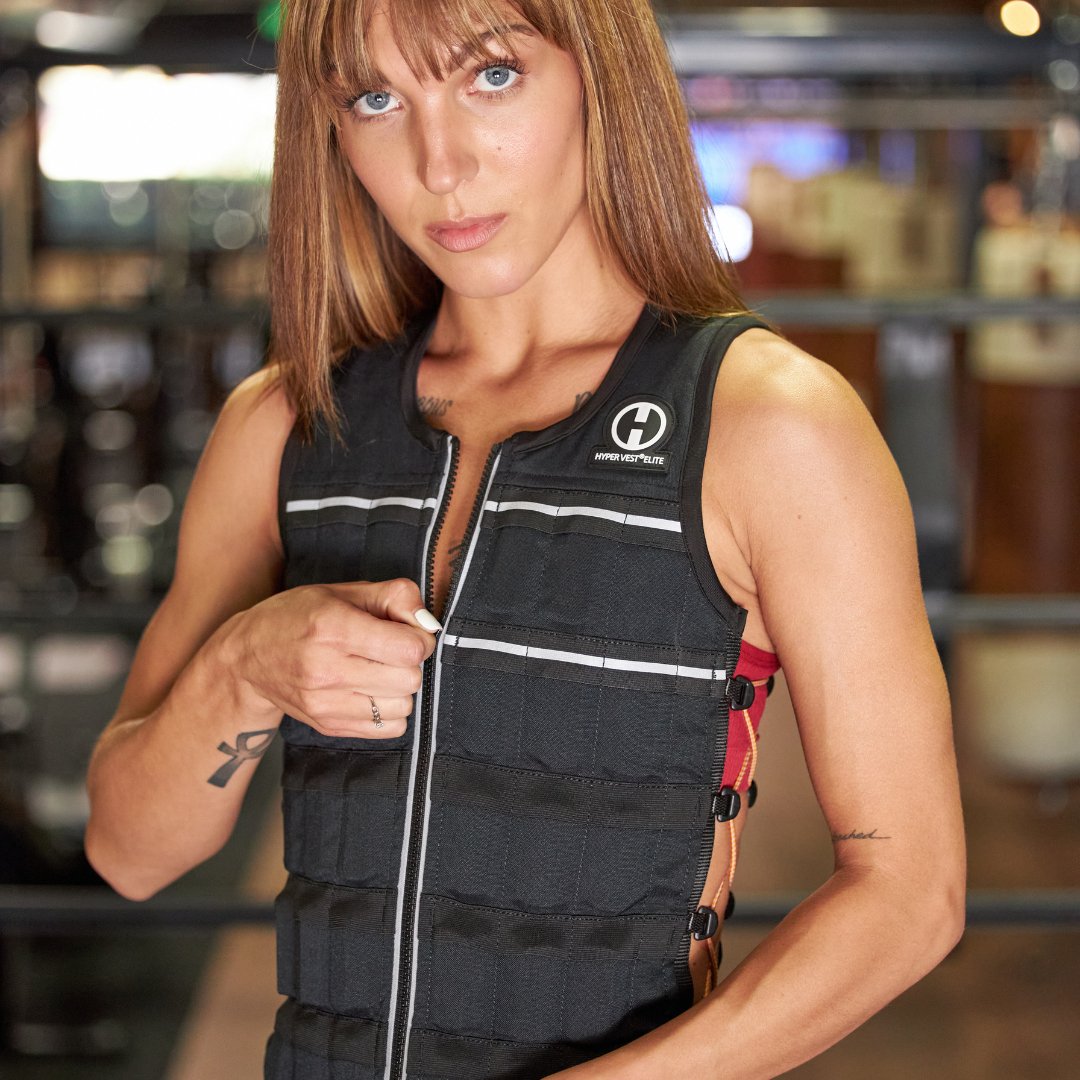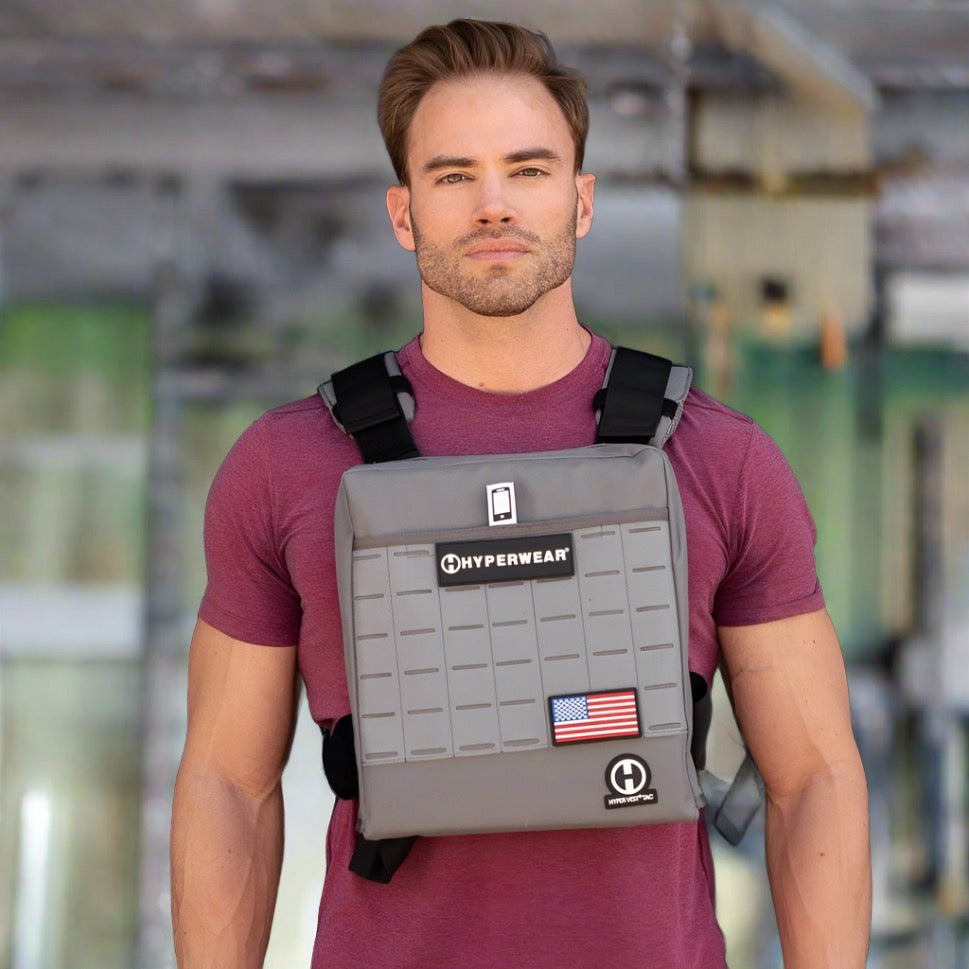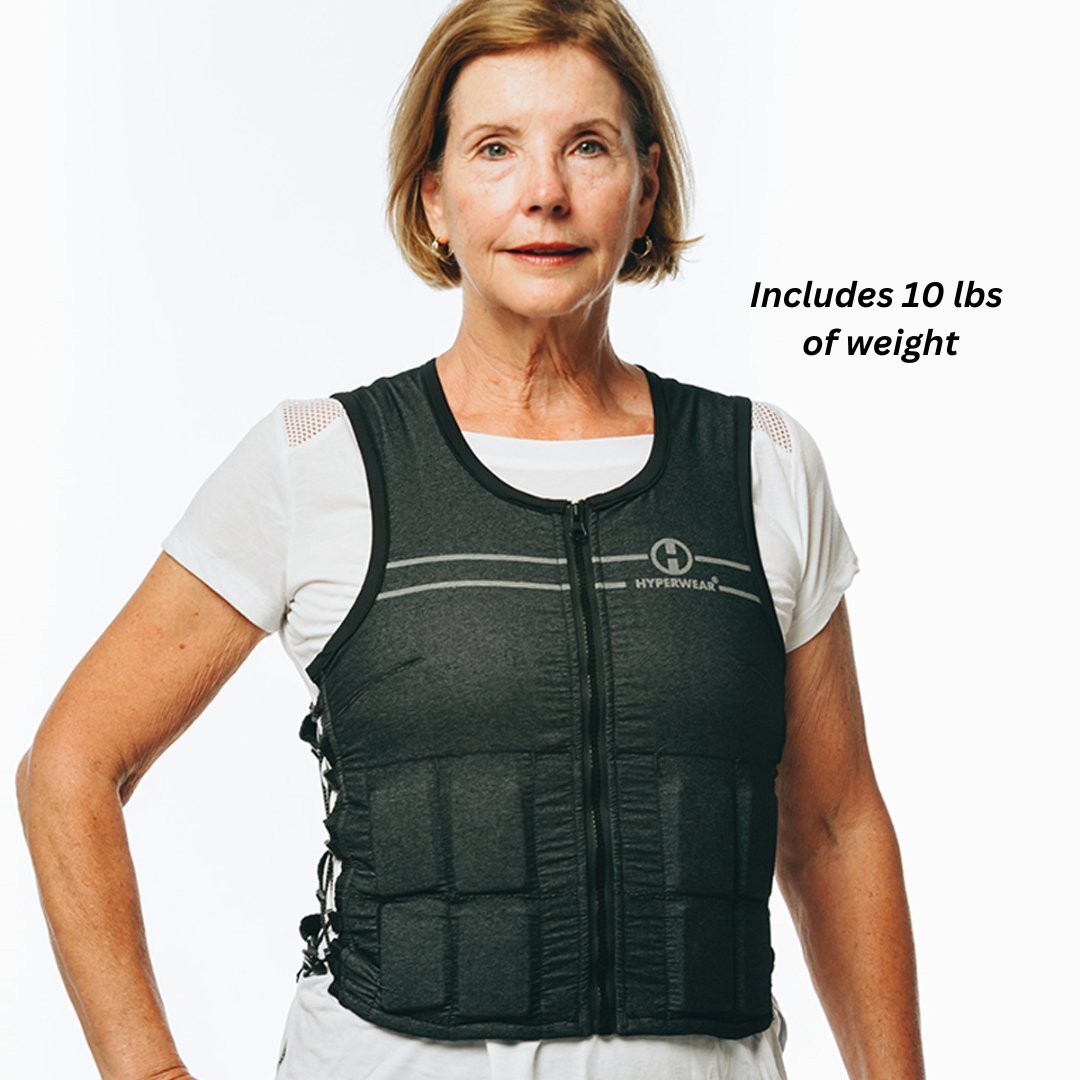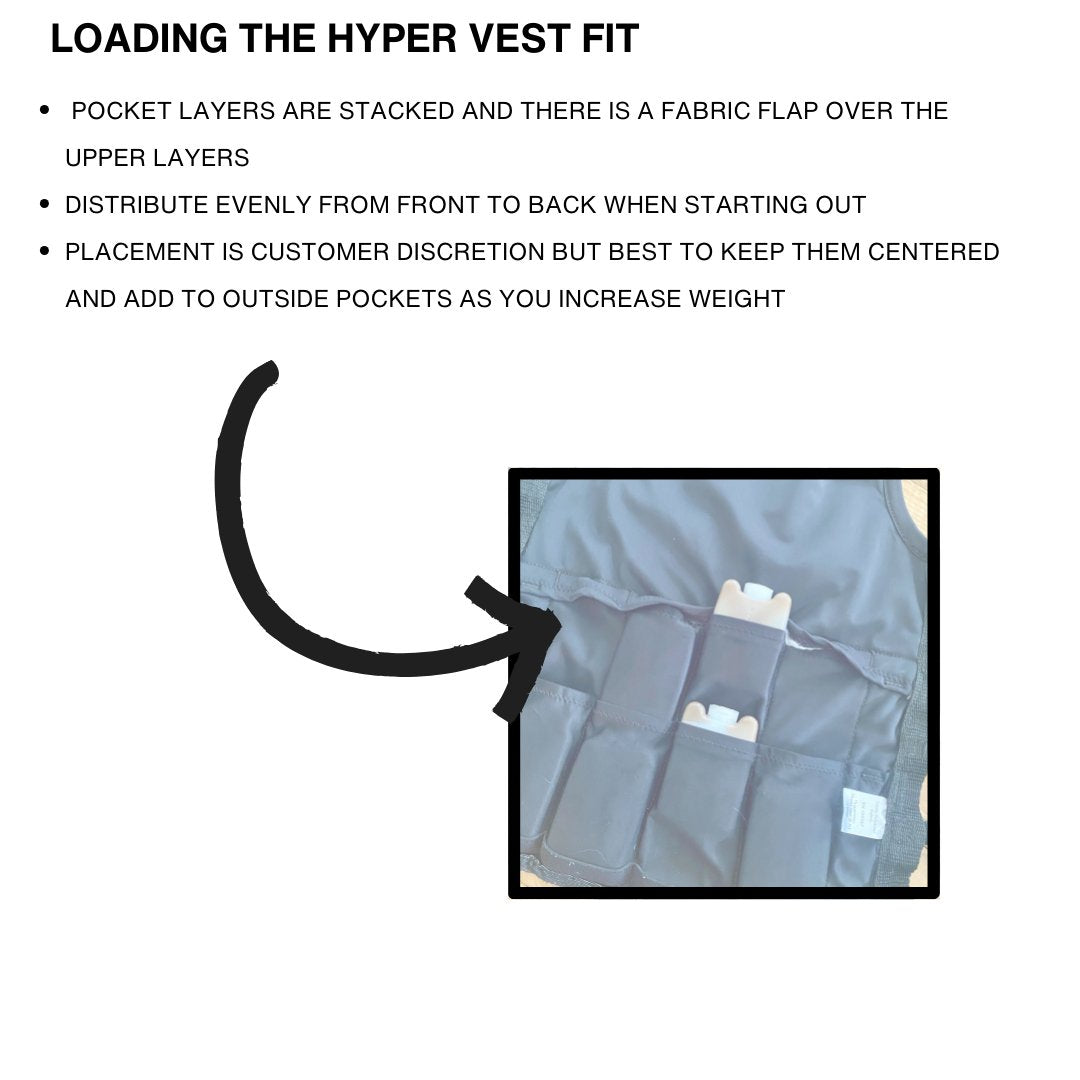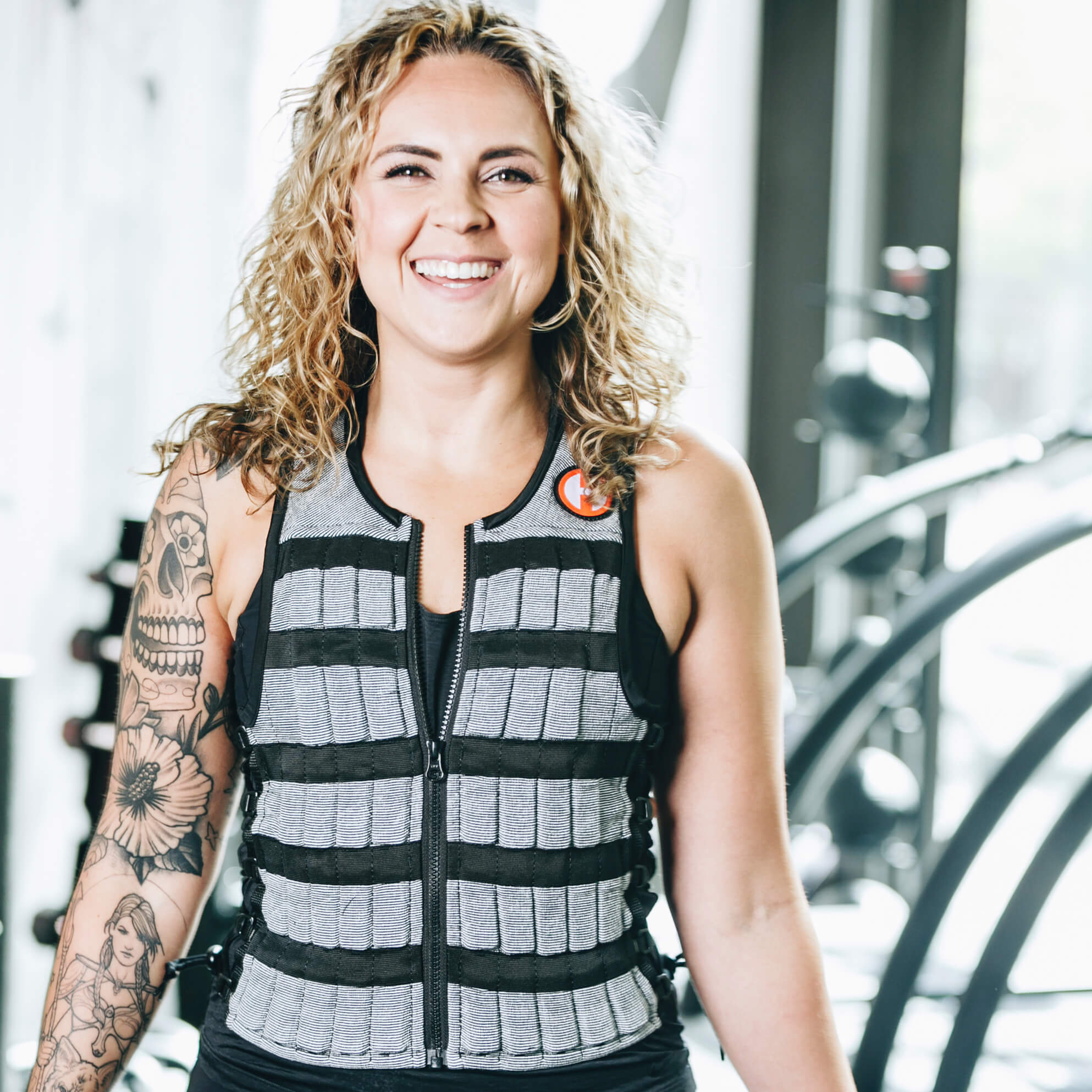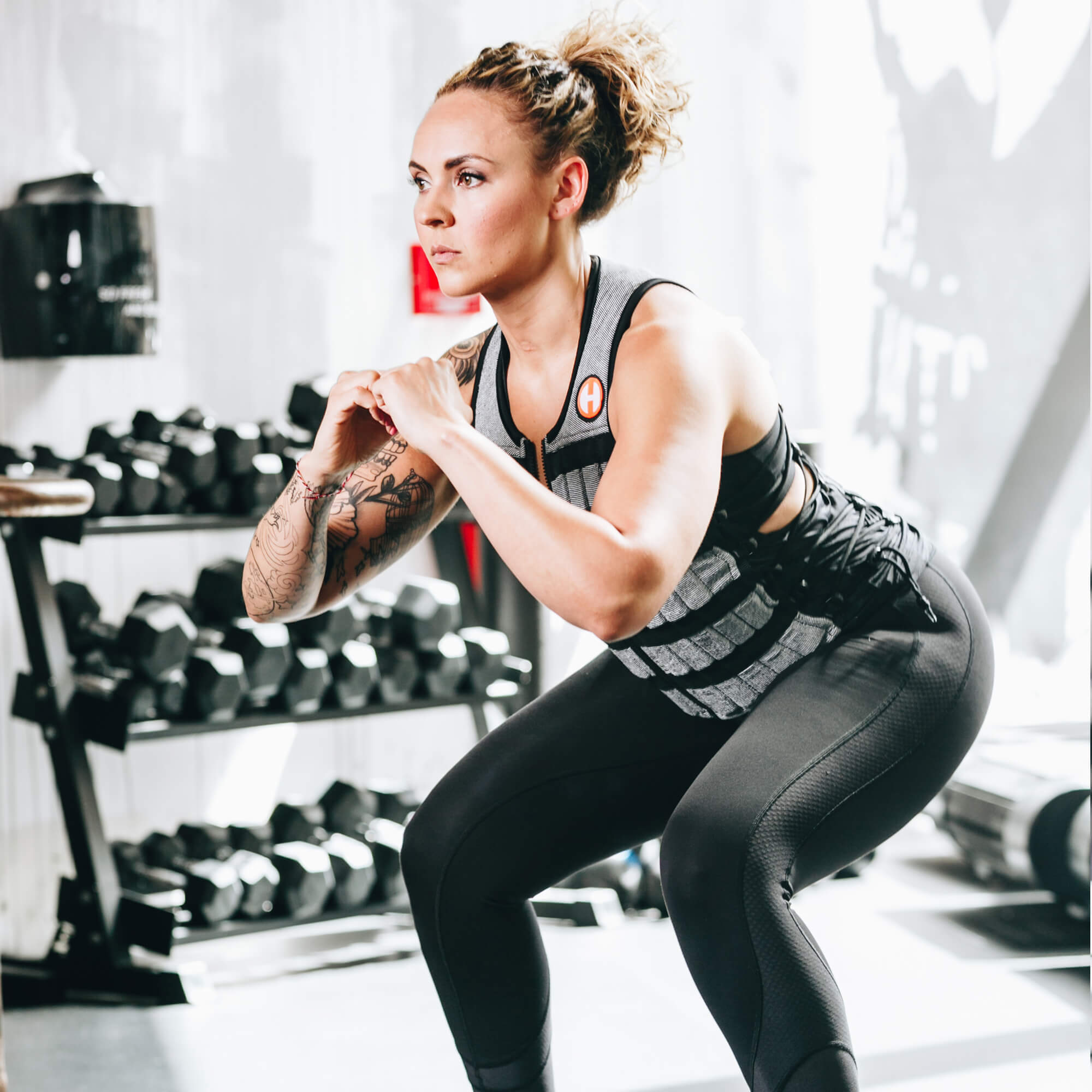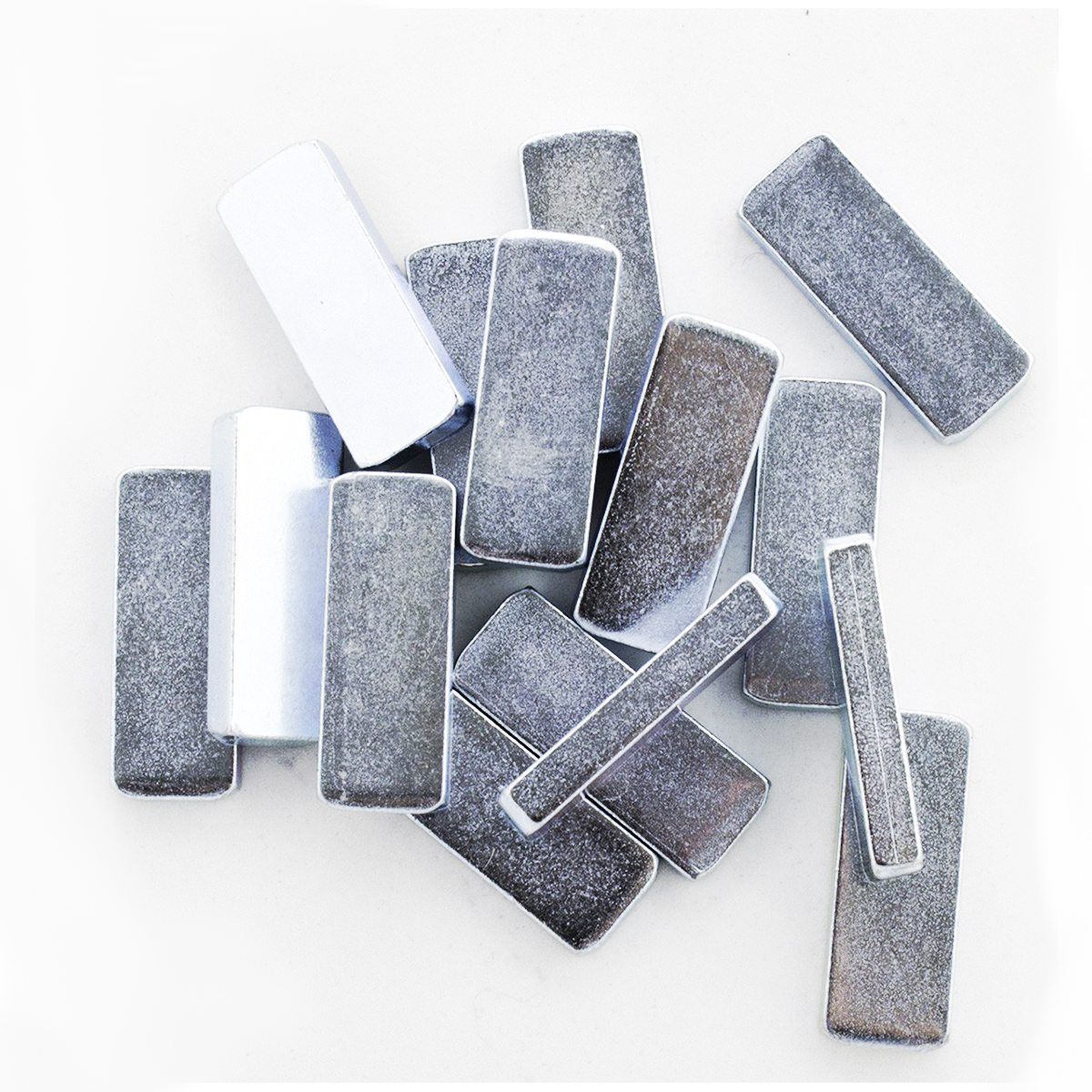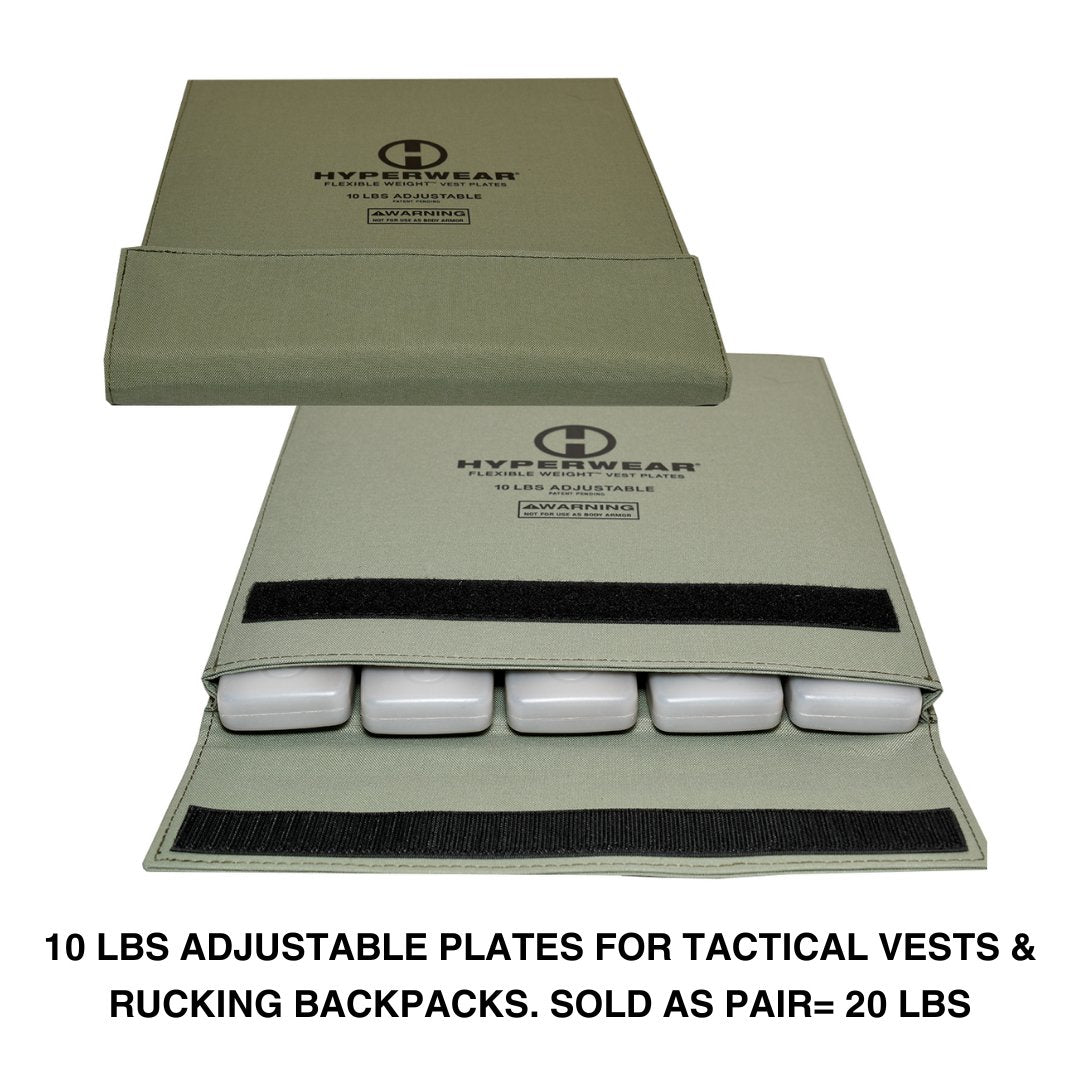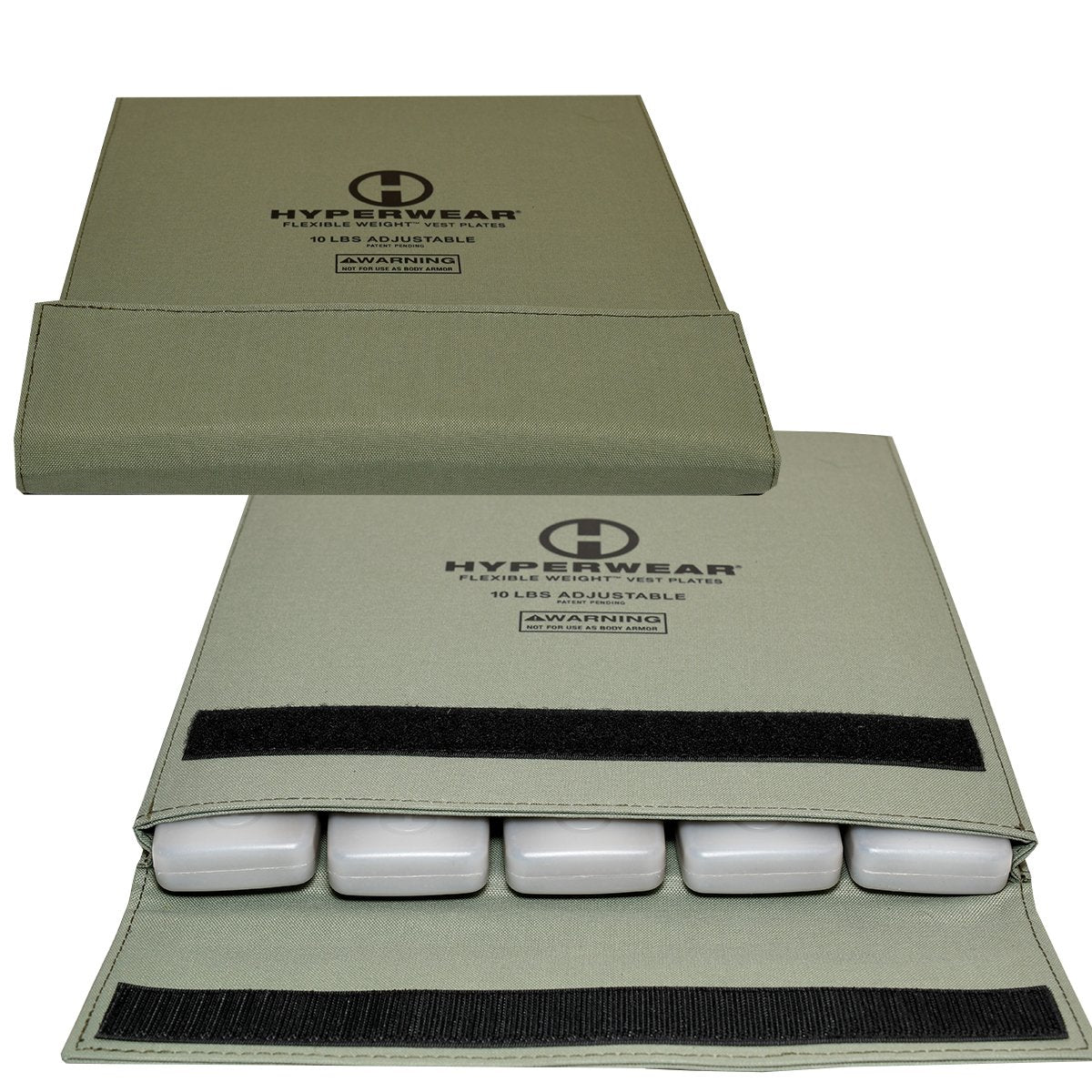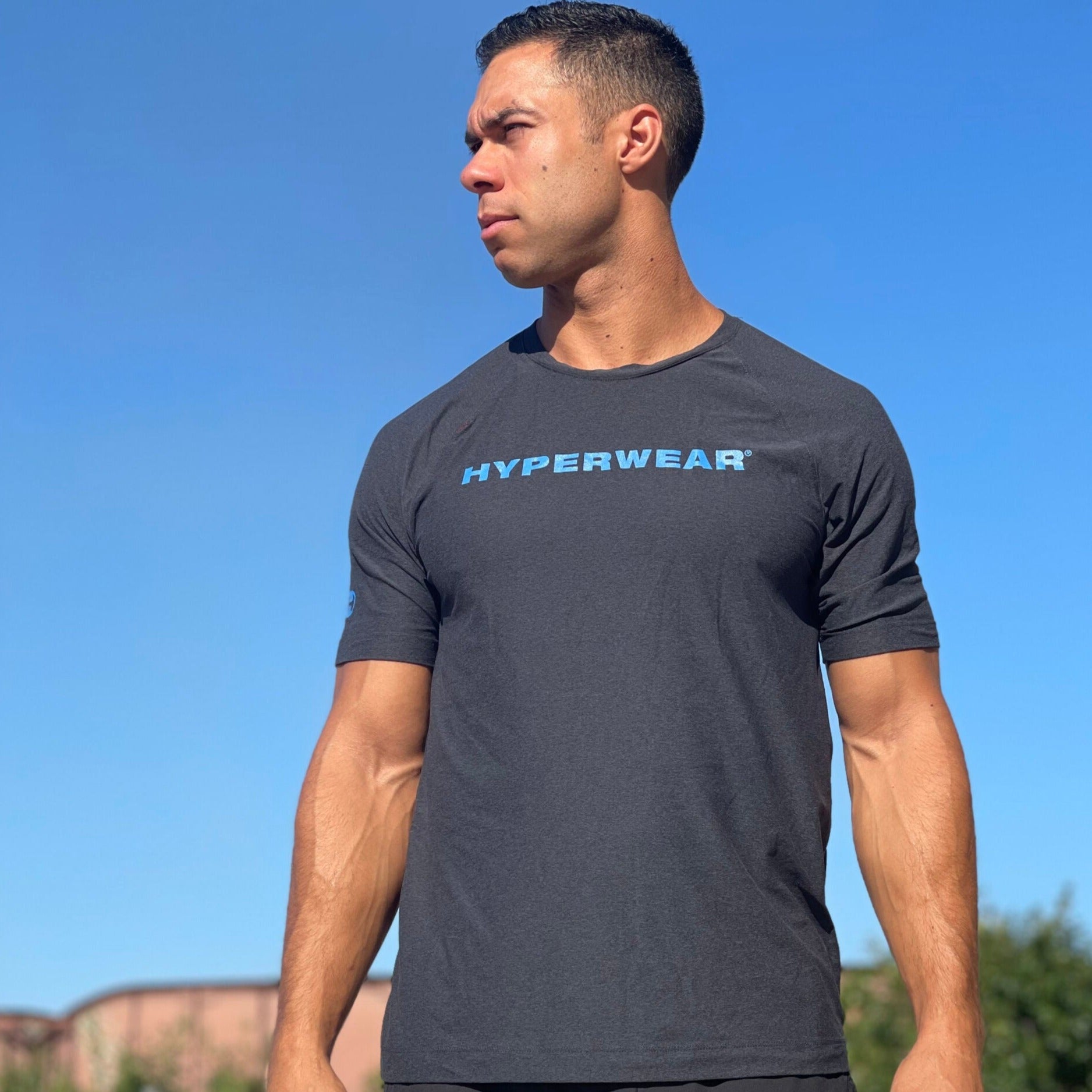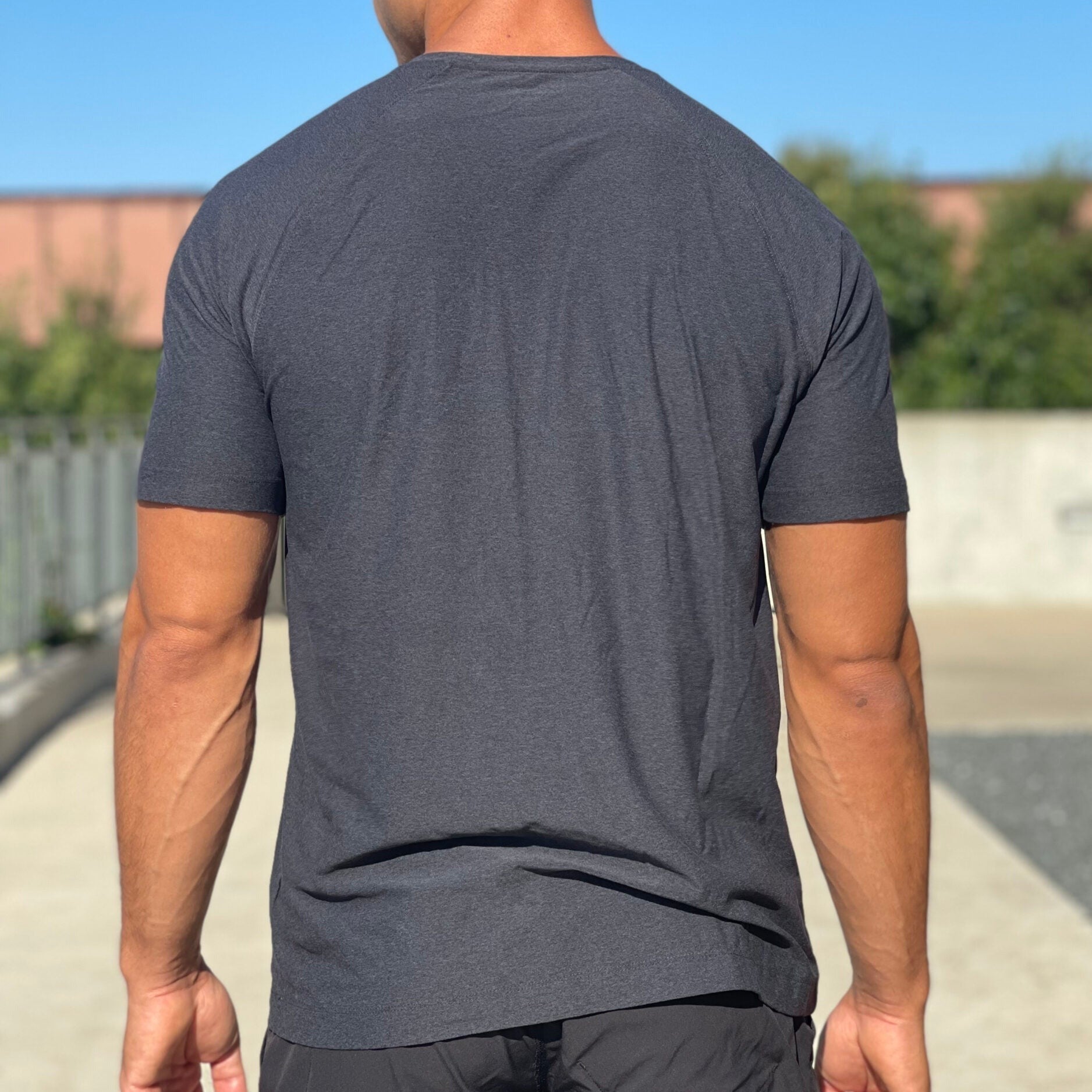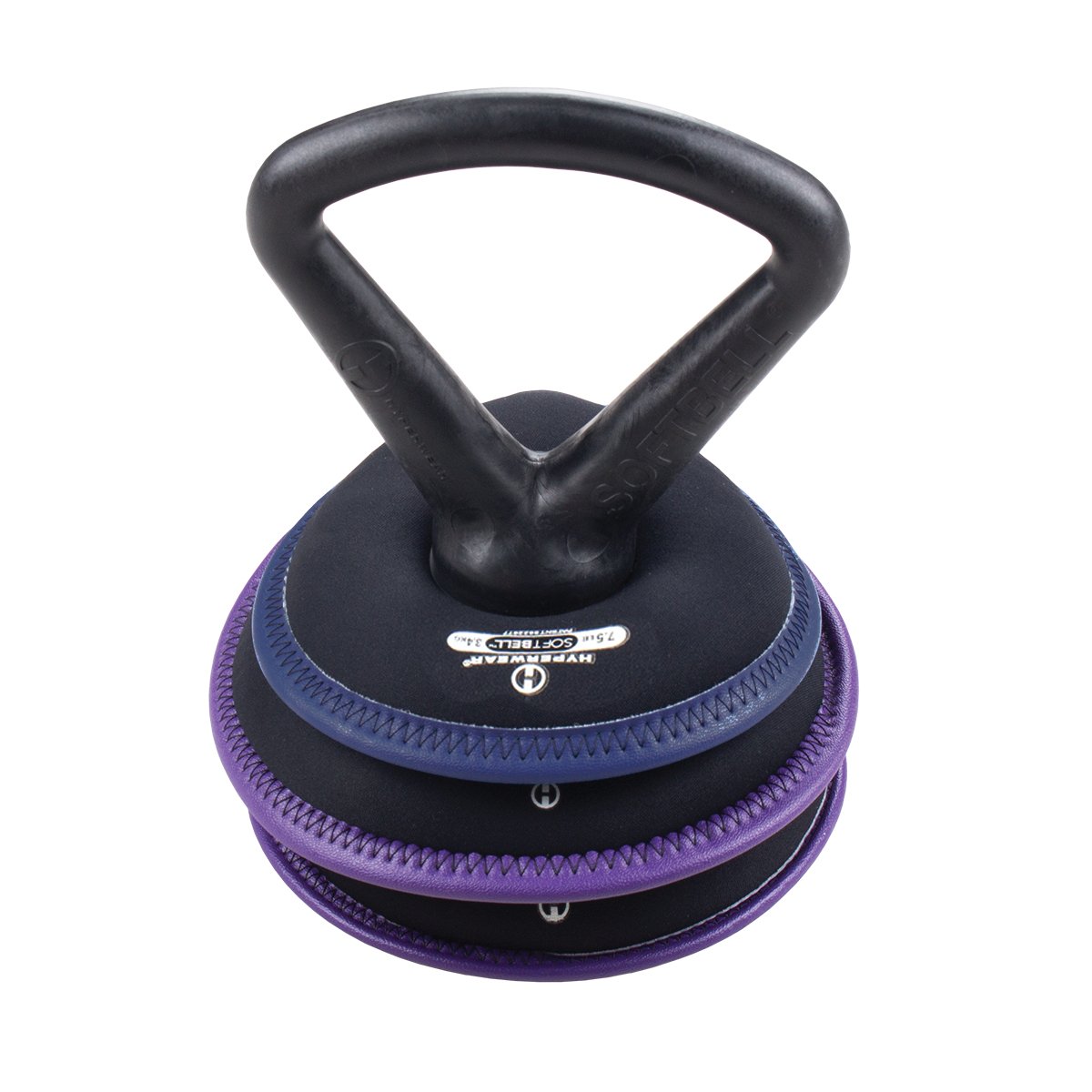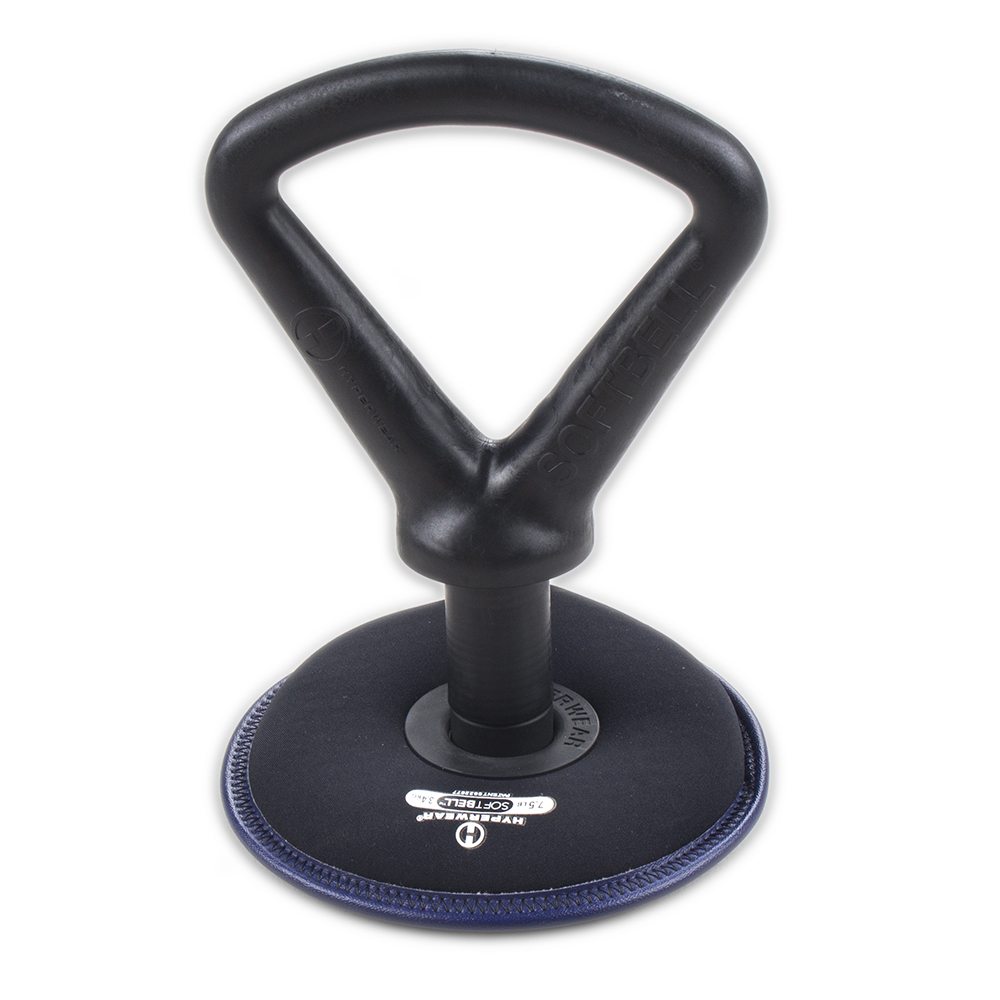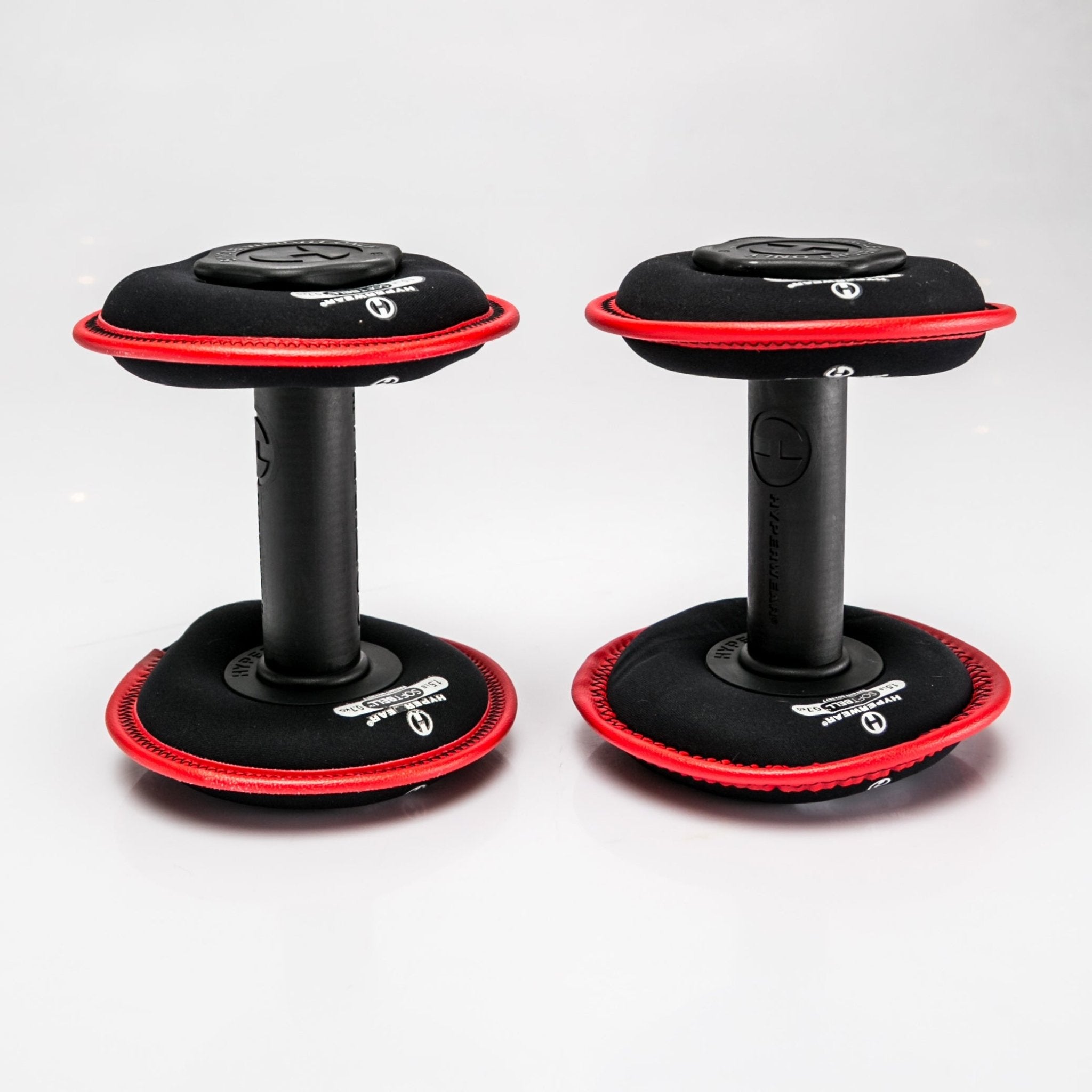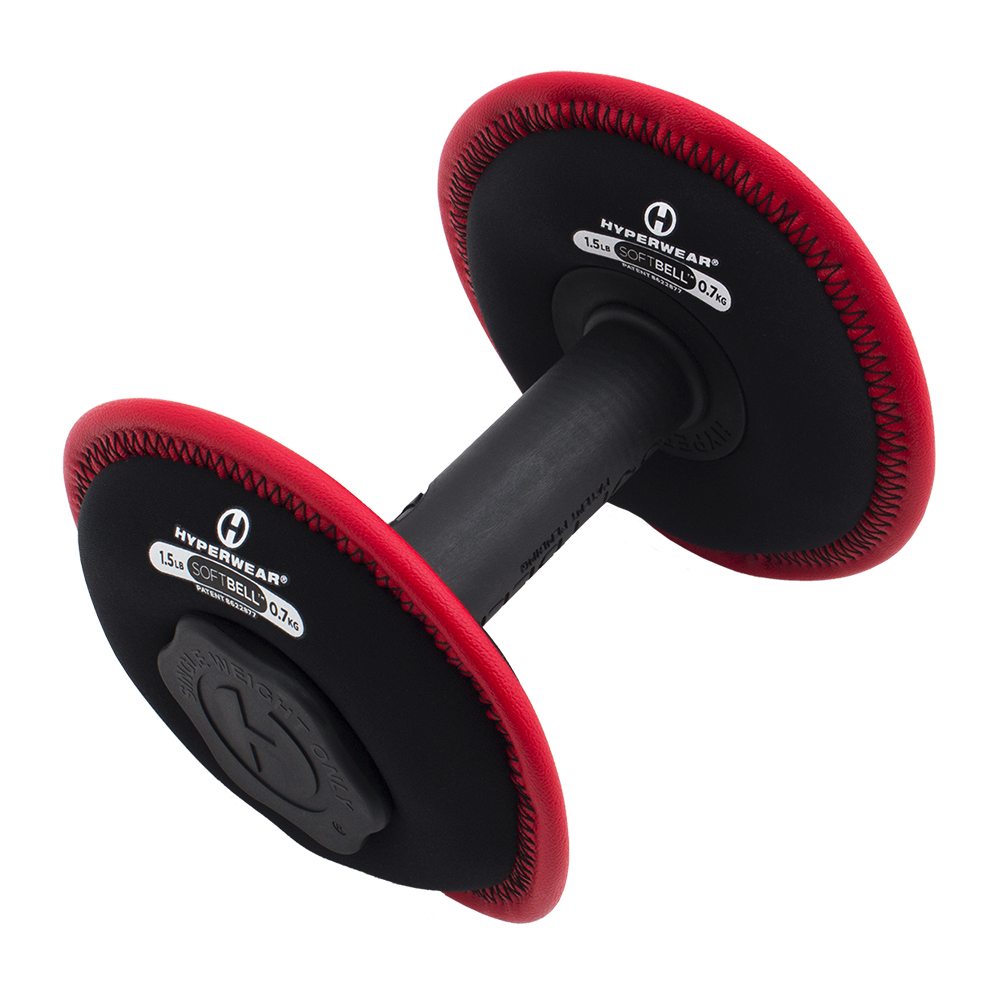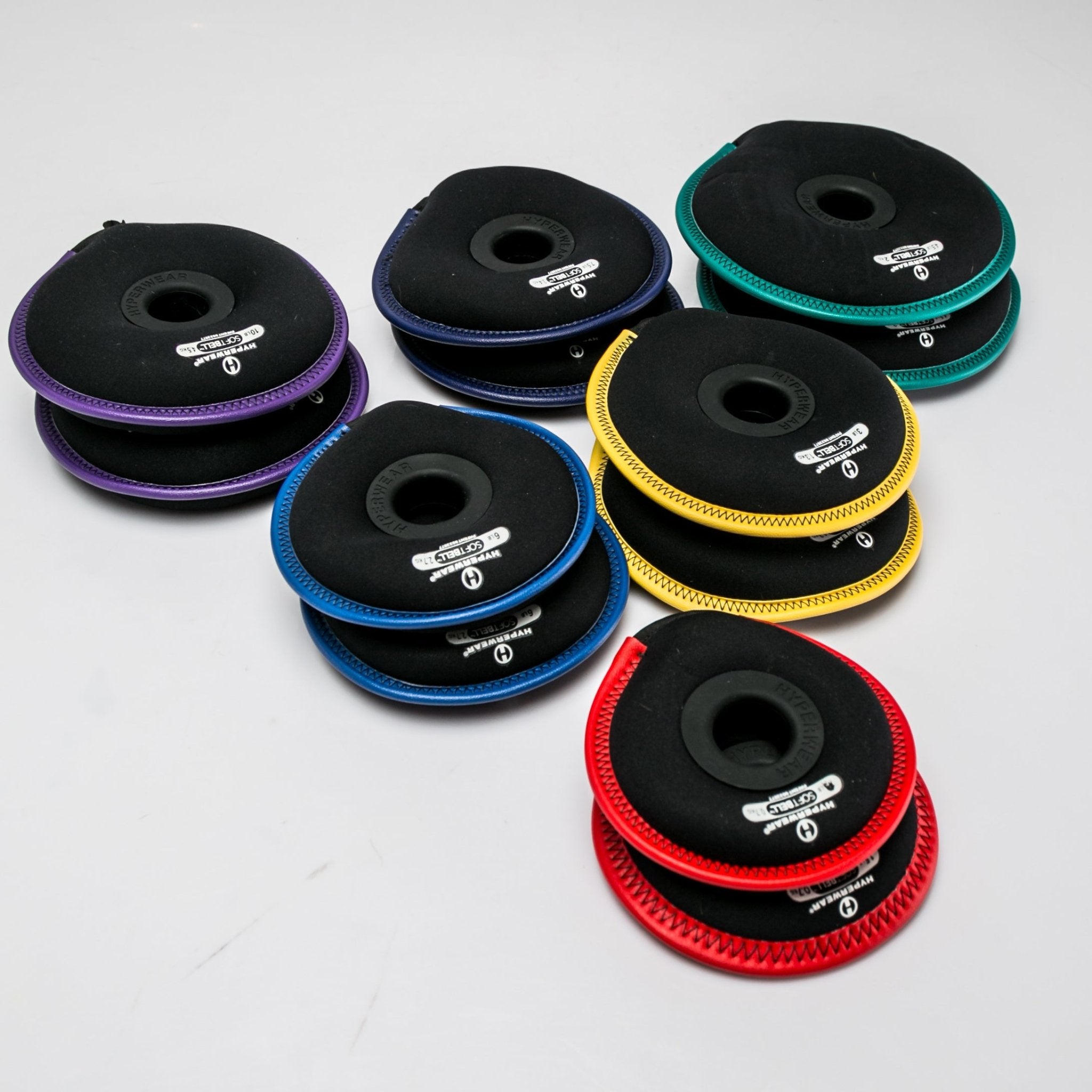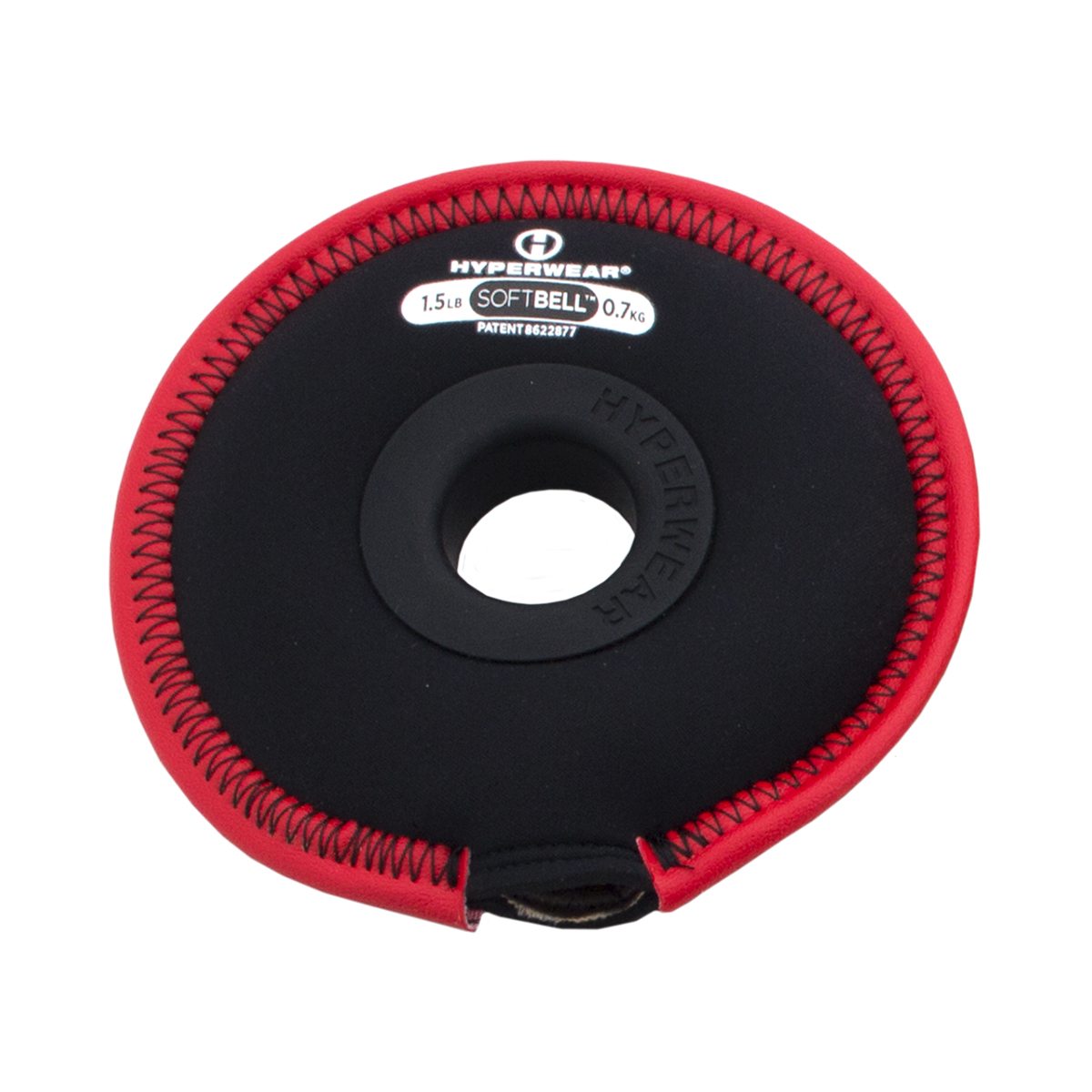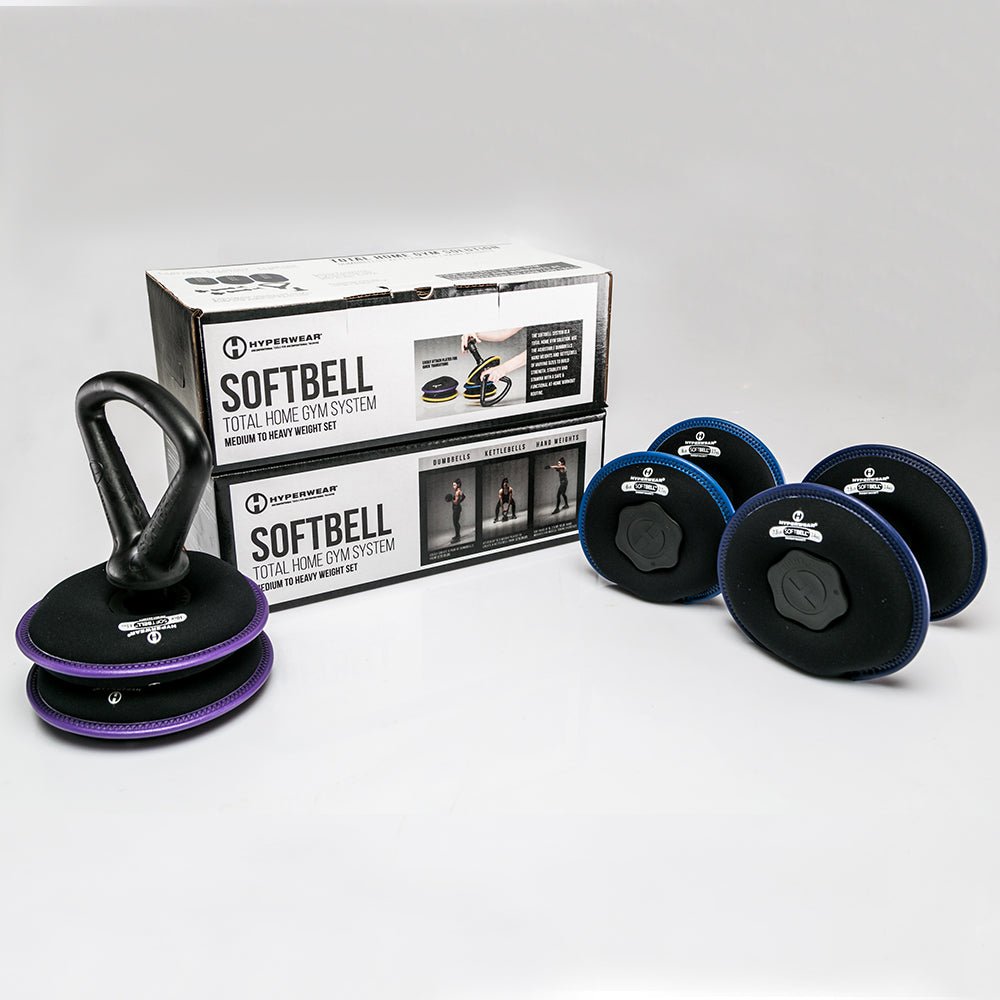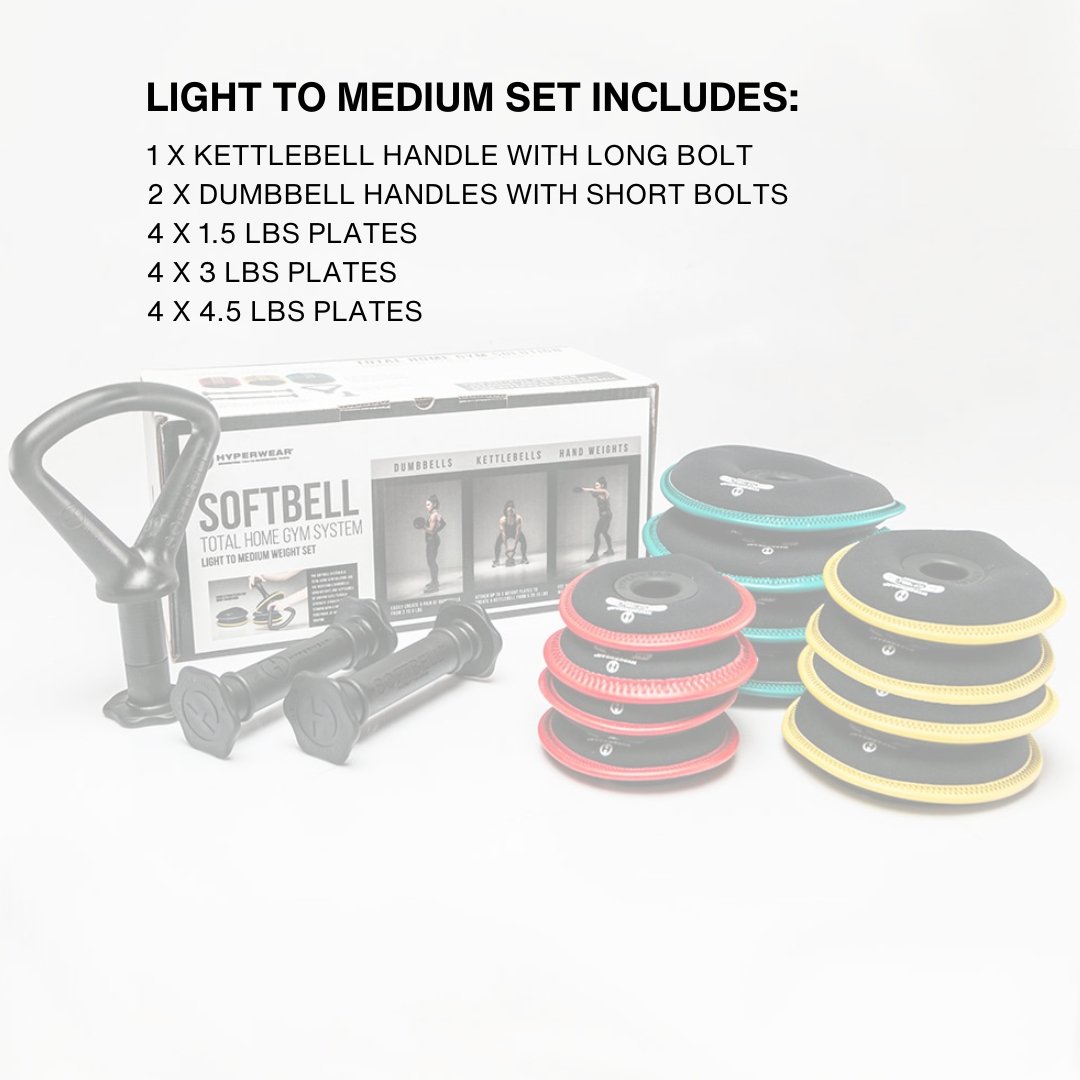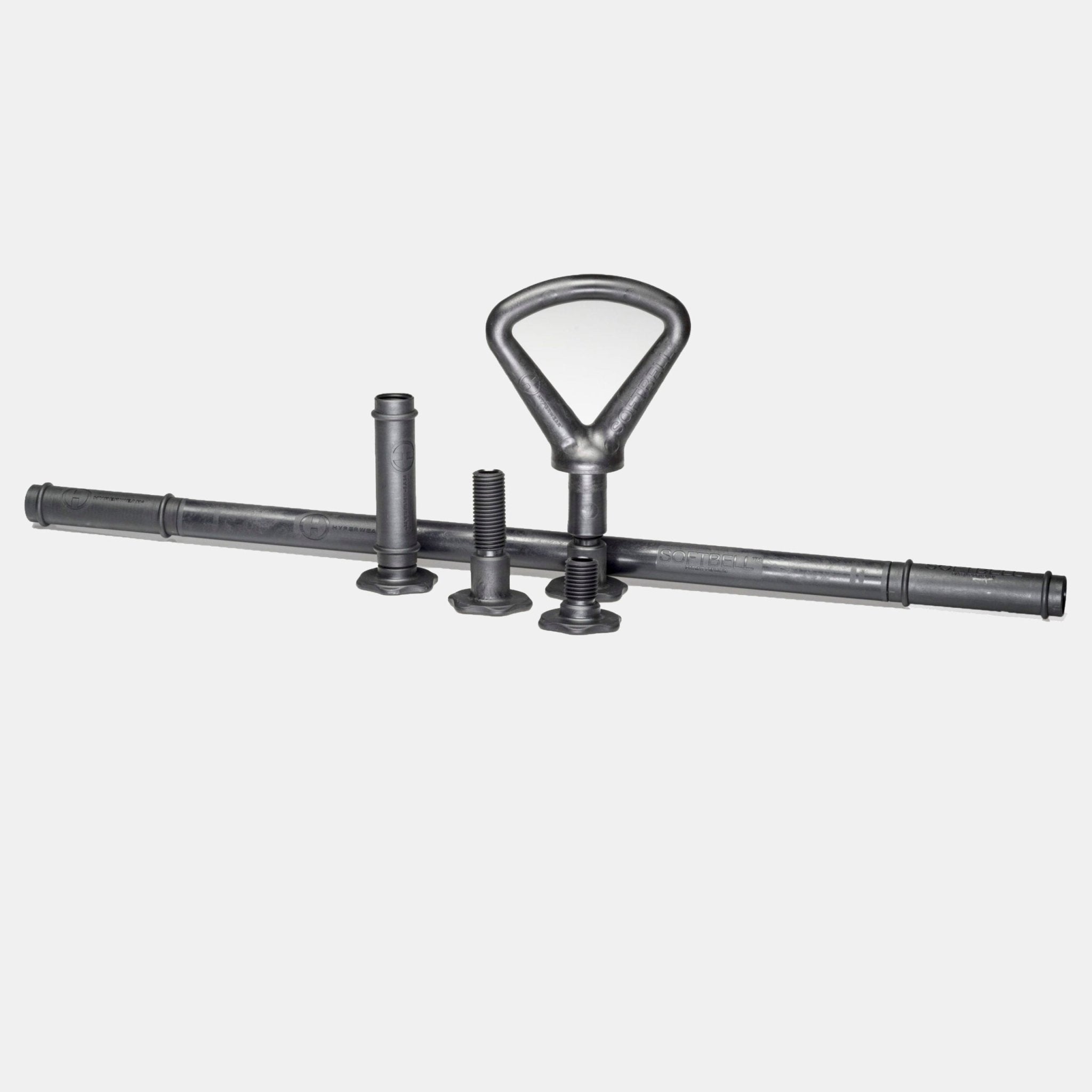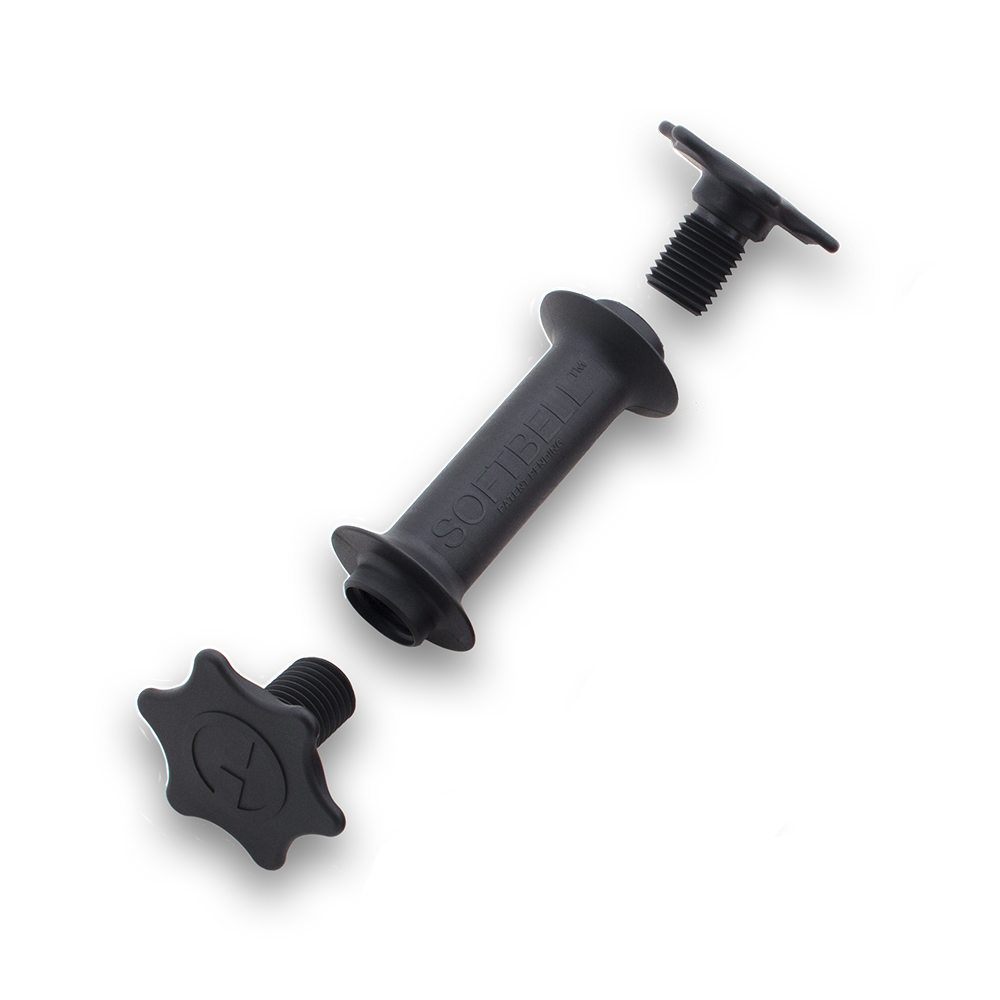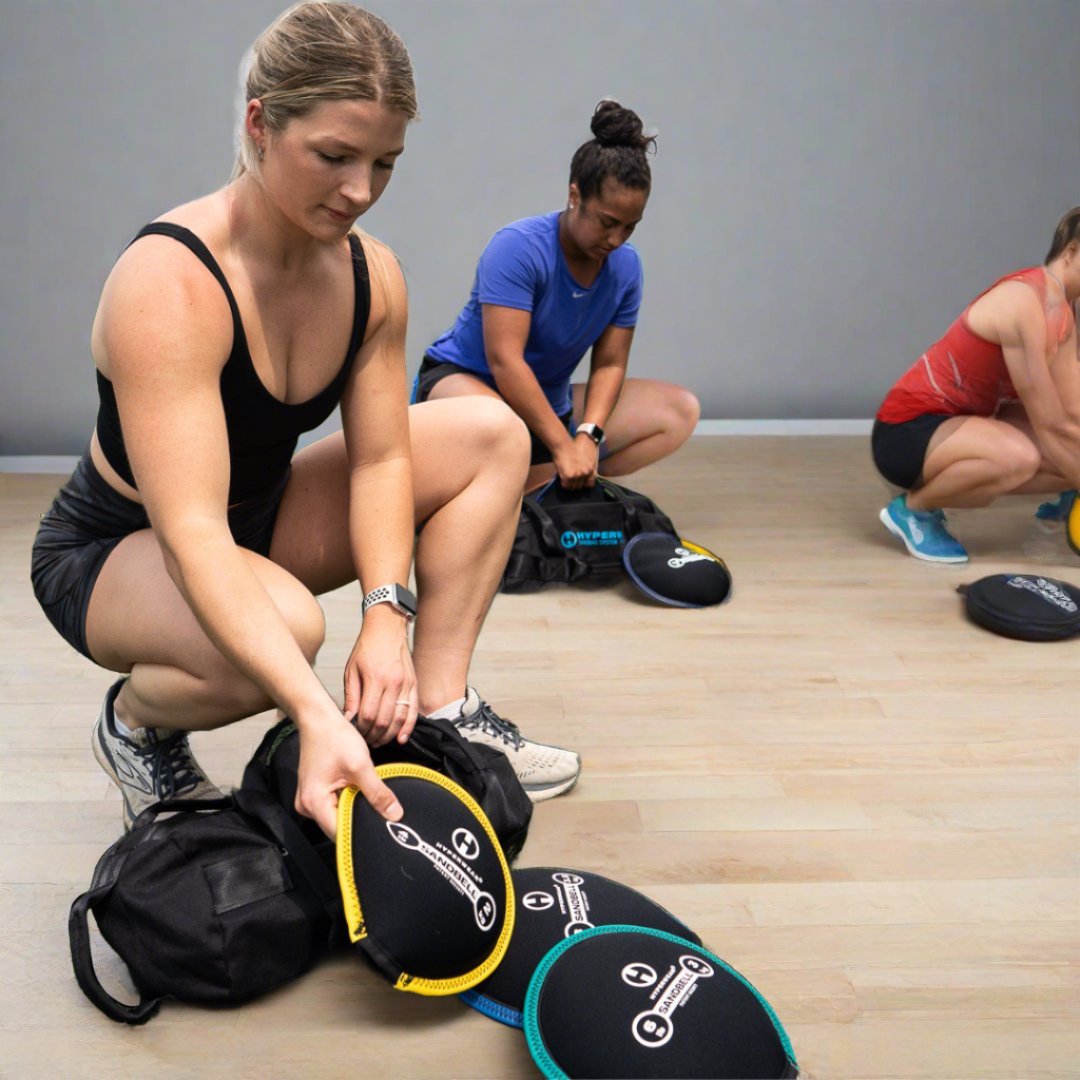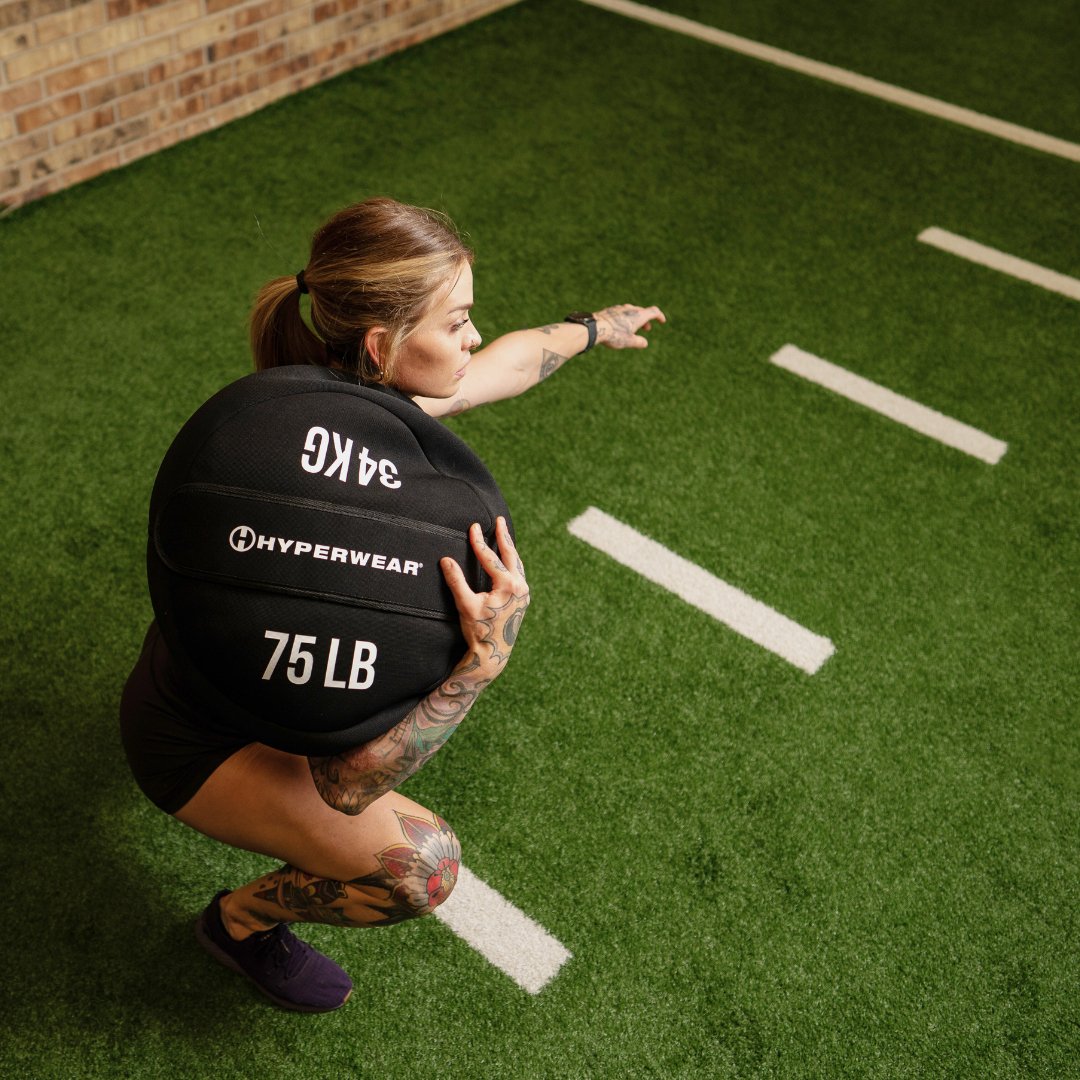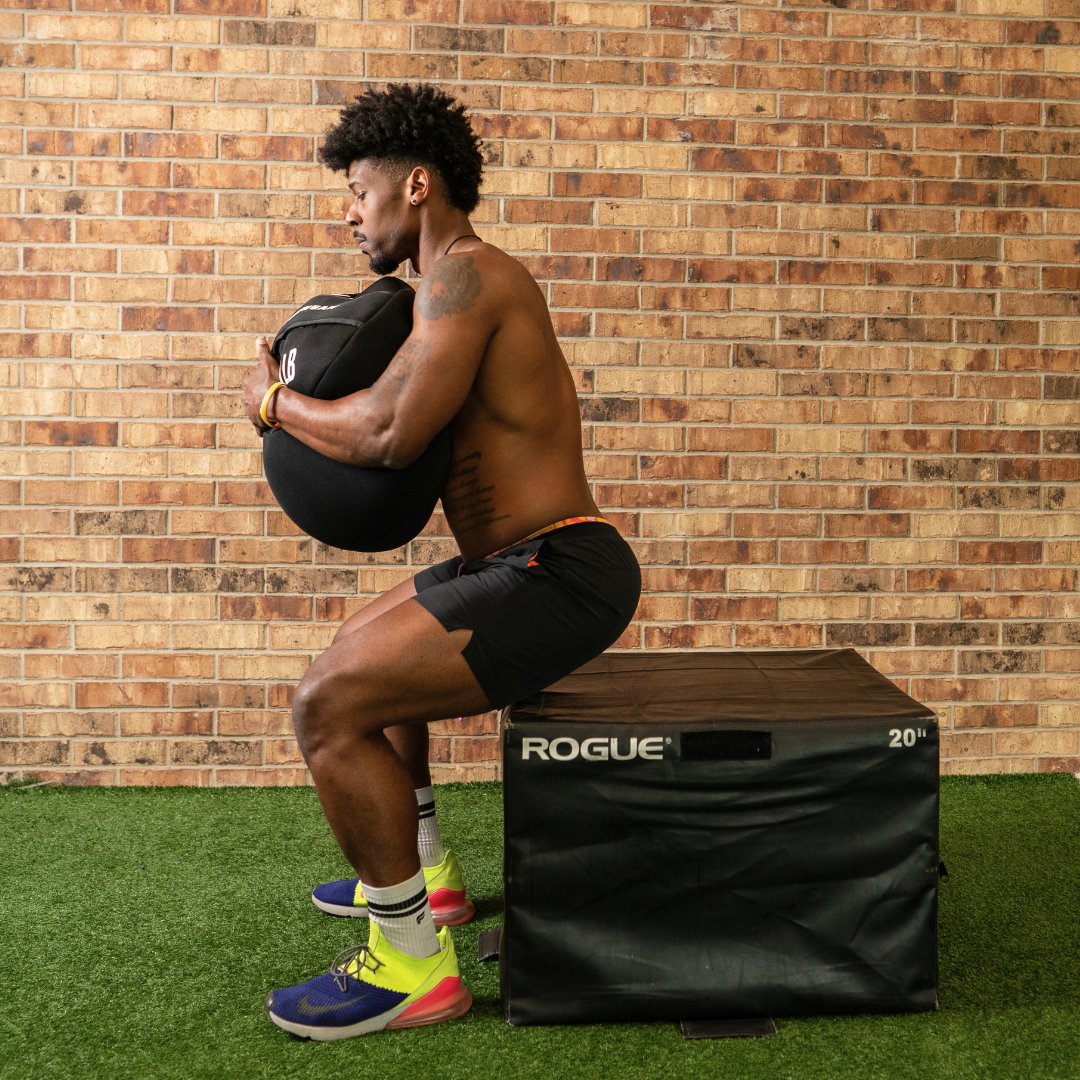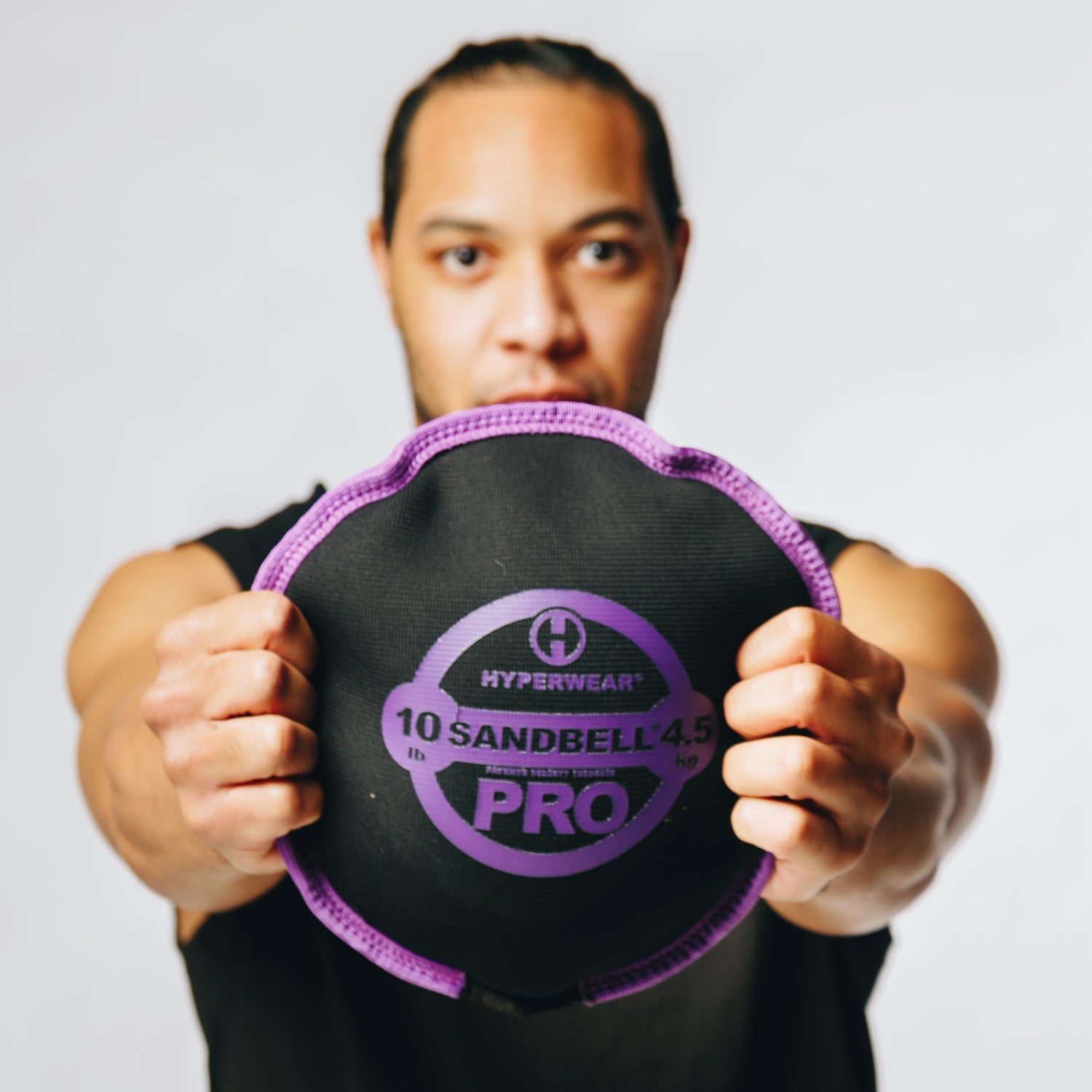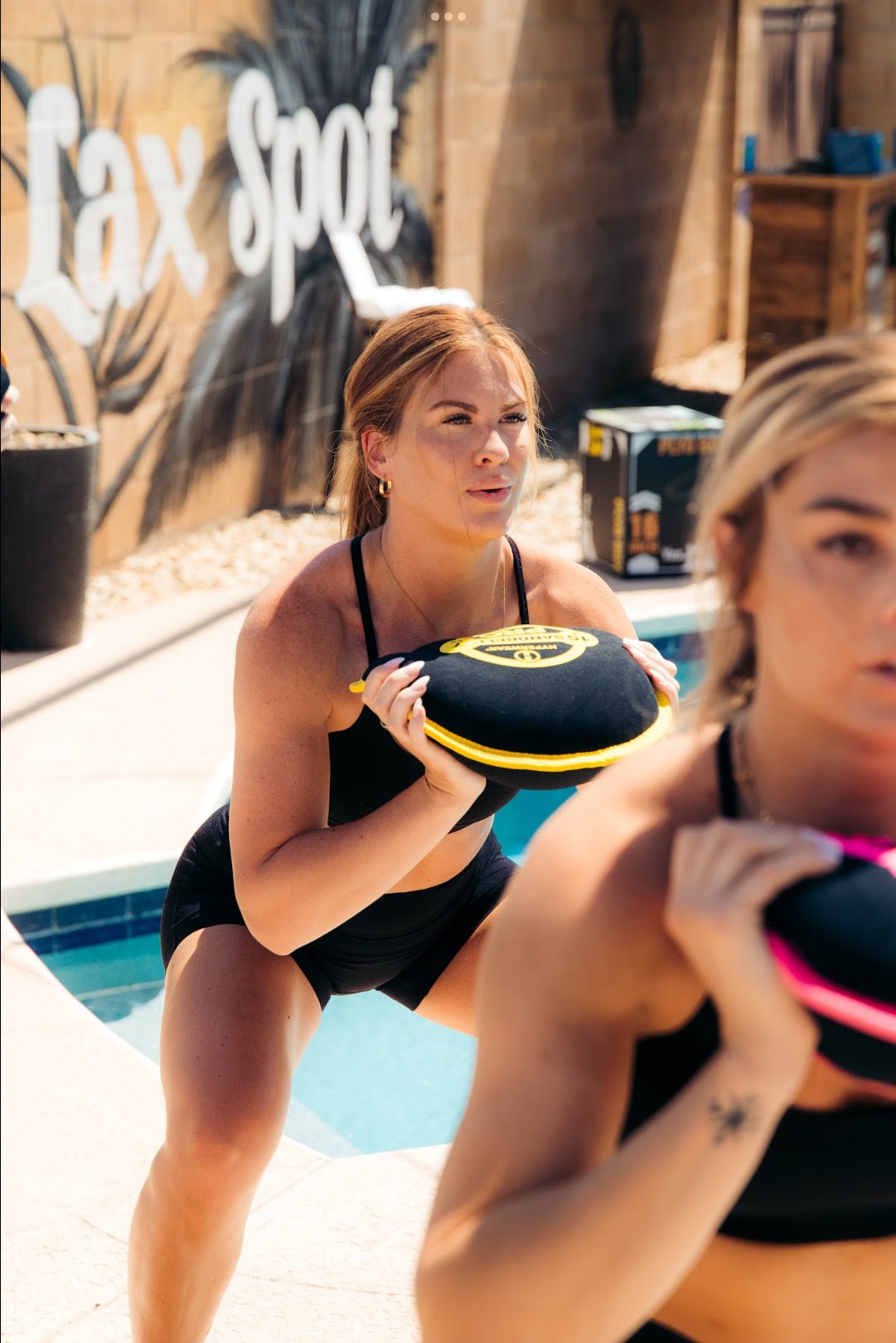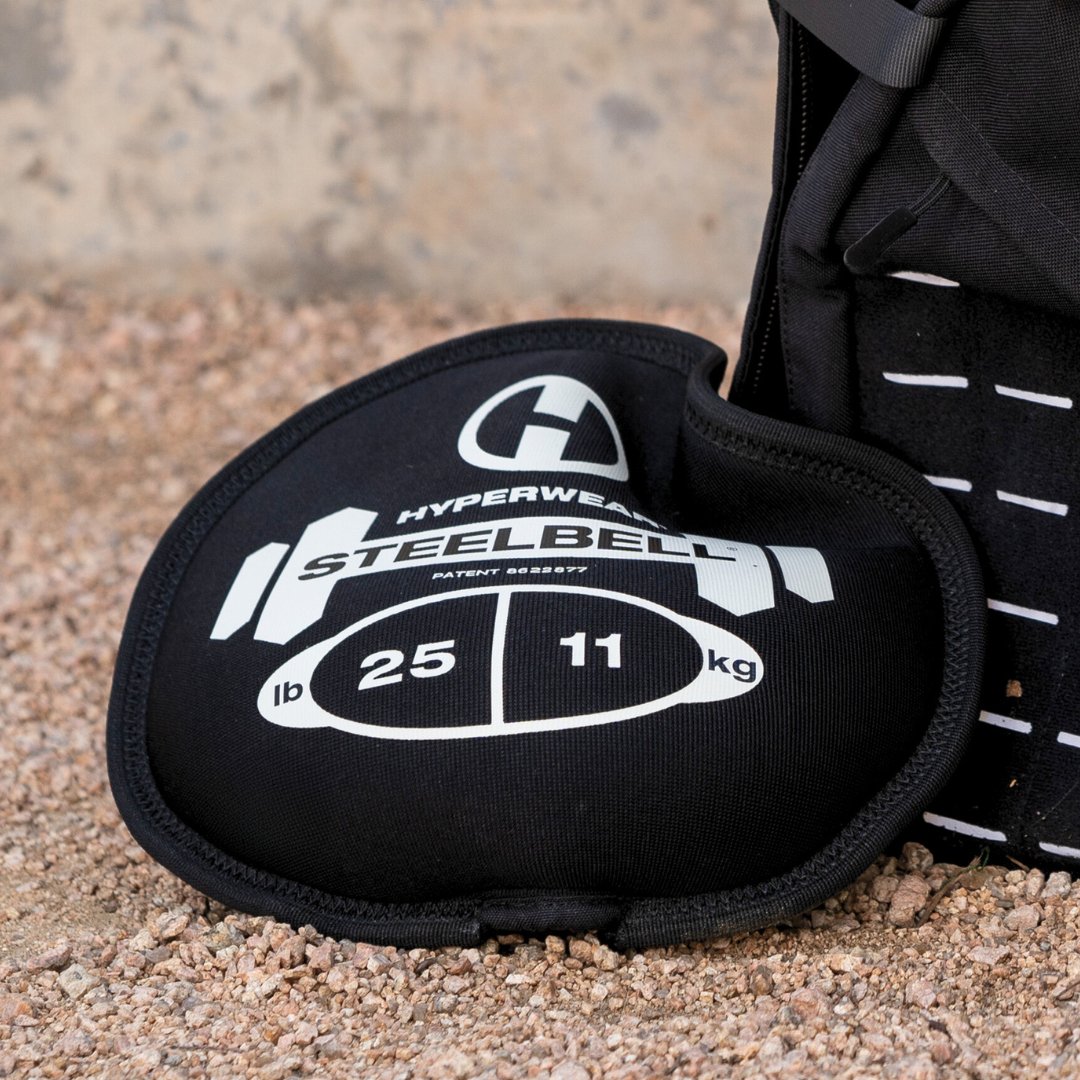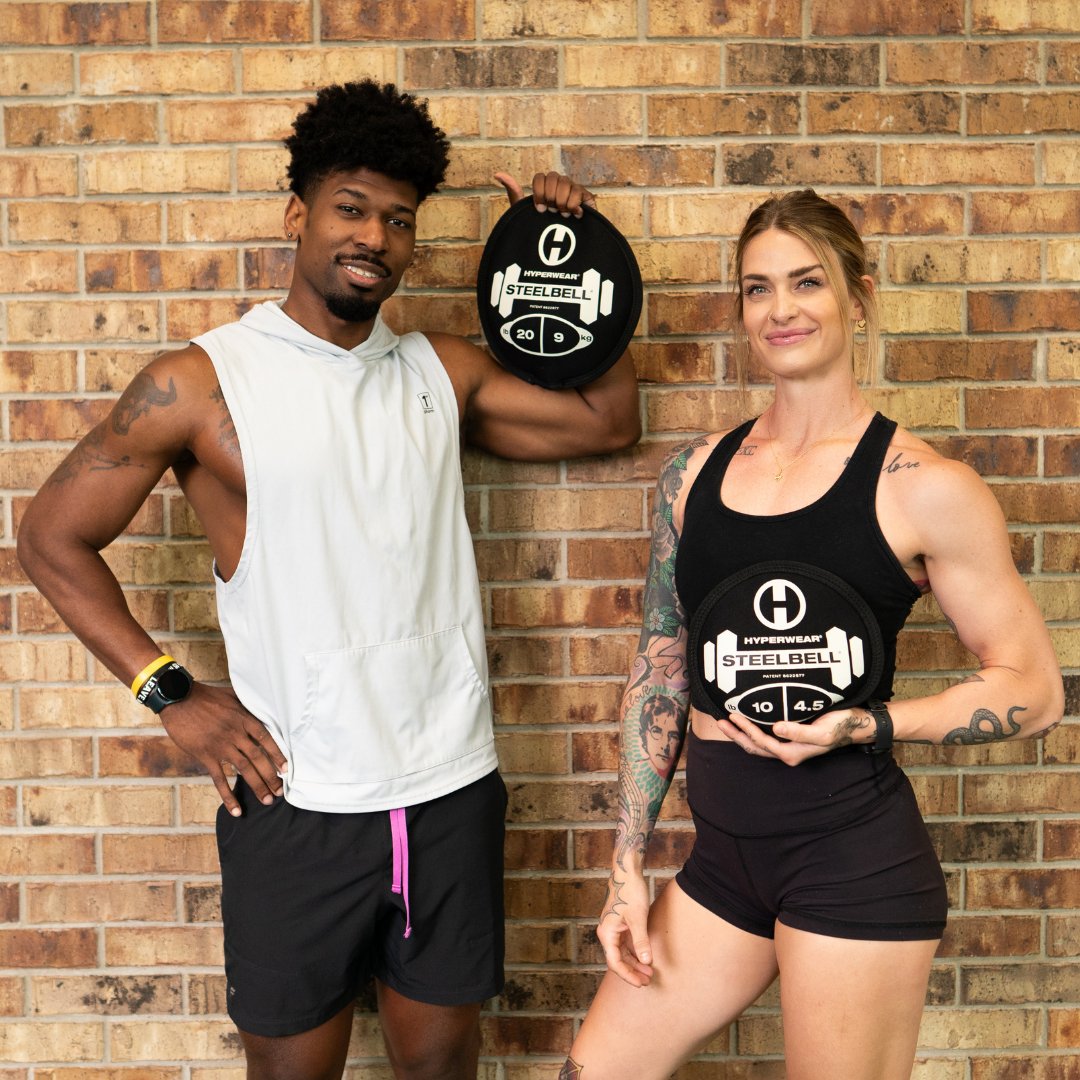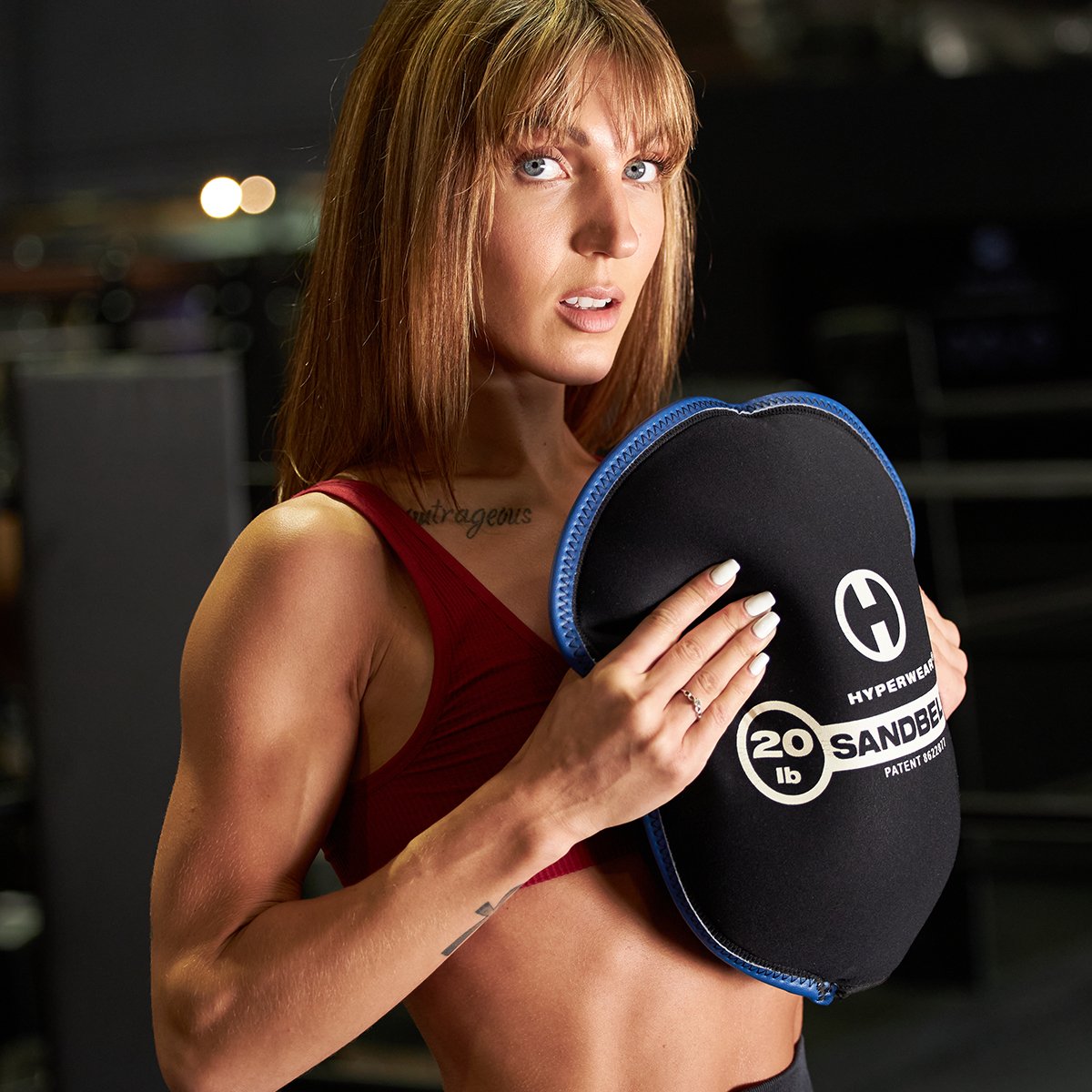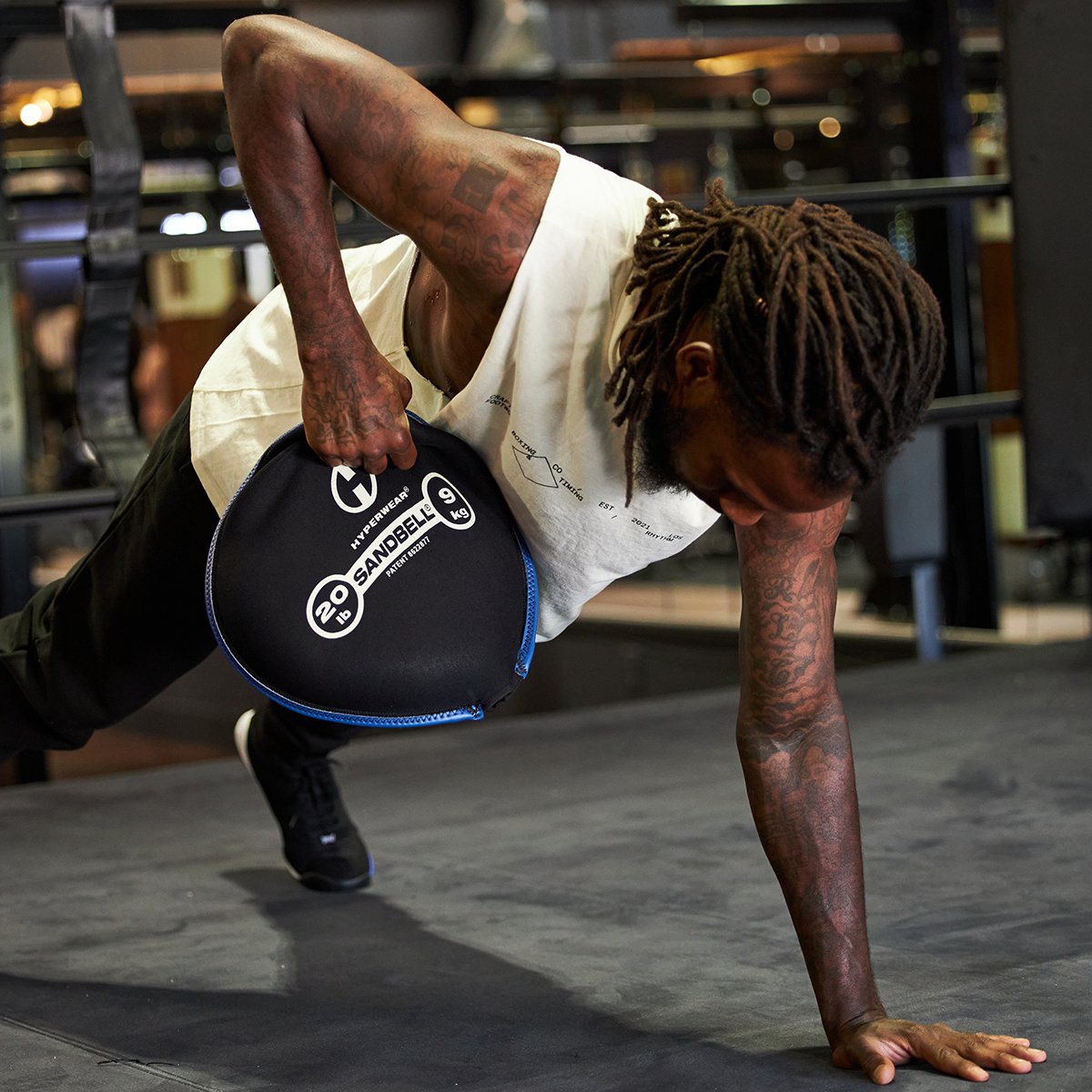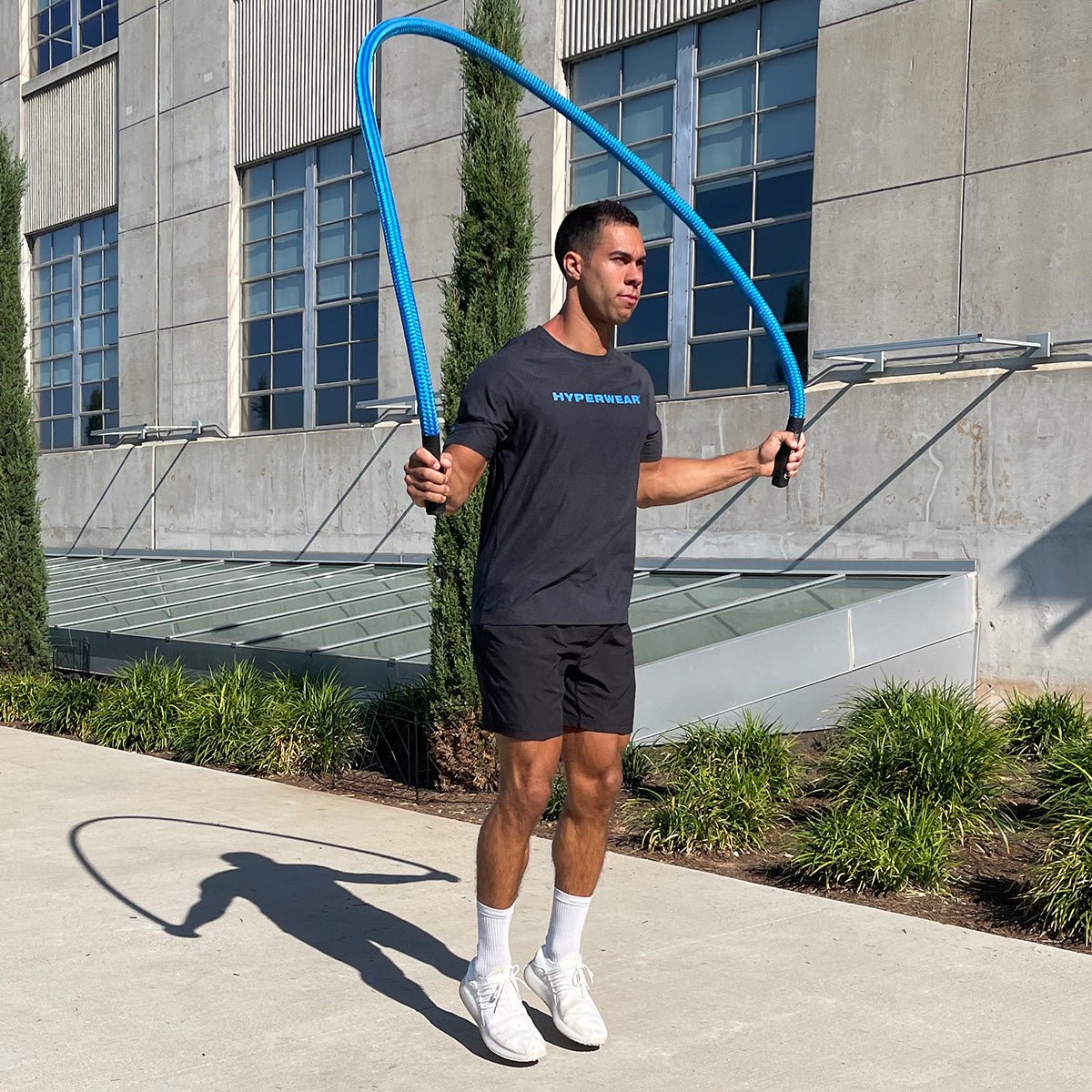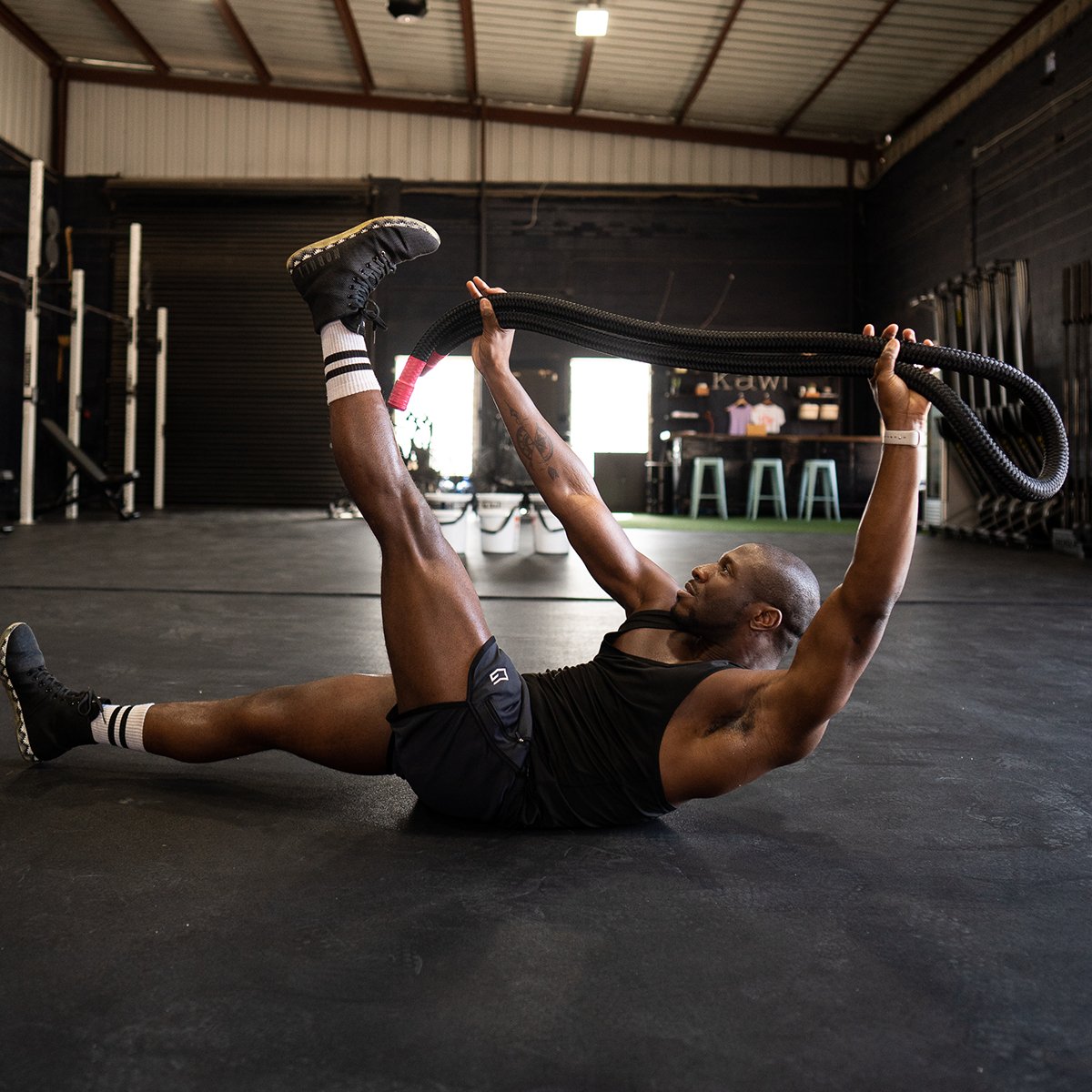Sports Performance Training becomes Movement Based
The strength and conditioning and sports performance training industries have been transforming to a paradigm shift. This shift is blending traditional lifting and power techniques with movement variability to load the body systems in a 360 degree environment.
Some of the training tools being added to strength and conditioning coaches arsenals are the SandBells and the Hyper Vest Pro weight vest by Hyperwear!

In addition to the usual weight training equipment, many types of tools are being used in the program, such as medicine balls, suspension trainers and stability balls. But SandBells add a different dimension than the others.
If strength and muscle hypertrophy are required, free weights definitely are the modality of choice. But in sports performance training, that strength needs to be able to be applied in a three dimensional environment, and therefore, be implemented within a planned three-dimensional approach. Mass and momentum must be harnessed to be able to decelerate, stabilize, and accelerate, often in different directions.
For example, baseball is a sport that requires strength, power, speed, agility, and finesse. Whether it is hitting the ball, throwing, or fielding, the player must be able to transition from one position to another, while simultaneously moving their feet in a synchronized, random manner to allow the player to successfully execute the play at hand.
For example, if a shortstop is fielding a ground ball to his or her right, the player must get to the ball, often times must field the play with their left hand reaching across their body to the right side while bending forward to a height between the knee and ankle. While this action is taking place, there is a reaction within the body that must catch the ball, decelerate their motion, while positioning themselves to transfer the ball from the glove to their throwing hand.
As this is occurring, the player must plant the right foot, while proprioceptively get into the correct biomechanical position to be able to produce a strong and accurate throw to the intended target. Obviously, this random movement must be trained, reactive, and have a forethought of the situation prior to it taking place.
The above scenario cannot be trained by strength training alone. The traditional model of strength training is typically isolated, single joint, concentric before eccentric environment. In fact, this is opposite of how the body physiologically, effectively, and efficiency operates.
The typical power lifting movement patterns are sagittal plane dominant. This is not to say they are not effective in developing power and explosiveness, however, many traditional baseball training programs limit the training to the above characteristics. As a former baseball player, and a biomechanics specialist, my experience has shown me this model does have significant limitations.
Like any sport, training needs to incorporate phases in strength and force development, mobilization in all three planes of motion, explosiveness, and sport specific, task specific movement within the program design.
The traditional model of sports performance training often has “blocked” model design. Blocked model is usually low complexity, low skill level single movements in a pre-determined, sequenced design. This often is characteristic of the traditional strength training model.
Blended into the sports performance training program design is a high complexity, high skill level of “random” paradigm of movement variability. This is necessary in the skill specific, task specific phase of sports performance training because actions in all of sport are random needing a reactive response.
These movement variability’s call for the need to control mass and momentum, deceleration at high loads, and multi-directional acceleration. I have found many interesting and positive results with athletes when I use Hyperwear SandBells and Weighted Vests during their training sessions.
Historically, I have used medicine balls as part of reactive, random training. I now complement this phase of training with the use of Hyperwear SandBells. The very interesting issue using the SandBells is the additional deceleration required toward the end phase of the motion when using SandBells.
The athlete experiences this during a movement pattern with the SandBells as the sand in the unit continues to shift during the motion and the athlete feels a “second” wave or surge of momentum that must be harnessed.
Many athletes have expressed they have gained increased control as a result of working with Hyperwear SandBells. On the field, the athletes have expressed an increased ability to change directions with greater power.
The Hyper Vest PRO weight vest has allowed the athlete to increase loads during sports performance training, but with lessened load directly on the joints. The force of the additional weigh can be mitigated and transferred through the fascial system, requiring less loading upon the skeletal system.
Whether it has been form runs, lunges, squats, or agility work, the Hyper Vest Pro Best Weight Vest has been a very useful tool and productive tool for sports performance training.
Need some sports performance training tips? You can find some of my free videos on the Hyperwear youtube channel.
Author: Chuck Wolf, MS, FAFS Director of Human Motion Associates